Difference between revisions of "Fish leather"
| (72 intermediate revisions by one user not shown) | |||
| Line 4: | Line 4: | ||
| − | + | <p align=center> | |
| + | [[bild:Fish-leather-Iceland-01.jpg|500px]] | ||
| + | </p> | ||
| + | |||
| + | |||
| + | ==Fish leather== | ||
| + | Fish skin is a rare [[Types of leather|type of leather]]. The [[Measures and weights|skin surfaces]] are often very small. In recent years, objects made from [[Fish leather#Stingray leather|stingray leather]] have grown in popularity, thanks to the glass bead-like surface structure of the skin. | ||
| + | |||
| + | Also, the proliferation of fish farms, for various species, has increased the availability of fish leather, as the skins would otherwise be wasted. | ||
| − | + | Fish leather is stronger than other leather types, if the same [[Measures and weights|thicknesses]] are compared. This is because the fibre structure of fish skin runs crosswise, rather than parallel as in, for example, cowhide. The tensile strength of fish leather reaches up to 90 Newtons (e.g. [[Fish leather#Salmon leather|salmon]] or [[Fish leather#Perch leather|perch]]). | |
| − | + | One of the earliest records of the use of fish leather dates back to ancient Egypt. Fish leather was used for the production of [[Leather clothing|clothing]], [[Leather accessories|accessories]], and jewelry. In particular, the Nile perch and sturgeon were highly valued for their skin. Fish leather was also of great importance in the Nordic countries. The Inuit and other Arctic cultures used fish skin, especially from salmon, to make clothing, shoes, and containers. Fish leather provided [[leather#Why leather?|good insulation]] against the cold temperatures while being lightweight and flexible. The Nanai people, who are indigenous to East Siberia, were particularly specialized in utilizing fish leather for the production of all kinds of clothing items. The [[Tanning leather|tanning process]] took approximately one month. | |
| + | The skins of the following are suitable for making fish leather: [[Fish leather#Shark leather|Shark]], [[Fish leather#Salmon leather|salmon]], [[Fish leather#Carp leather|carp]], [[Fish leather#Stingray leather|stingray]], [[Fish leather#Cod leather|cod]], [[Fish leather#Sea wolf leather|sea wolf]] and [[Fish leather#Sturgeon leather|sturgeon]]. Fish leather usually has a scaly structure, is thinner than [[Calfskin|calfskin]] and is considered to be very elastic and tear-resistant. | ||
| + | |||
==Fish leather surfaces== | ==Fish leather surfaces== | ||
| − | + | While fish leathers generally exhibit the typical scale structure, there are many species of fish with other skin surfaces. | |
<center> | <center> | ||
| − | ''' | + | '''The different skin surfaces of fish''' |
{| border=1 | {| border=1 | ||
| − | ! width=20% bgcolor=#eeeeee valign=top| | + | ! width=20% bgcolor=#eeeeee valign=top| picture |
| − | ! width=20% bgcolor=#eeeeee valign=top| | + | ! width=20% bgcolor=#eeeeee valign=top| surface |
| − | ! width=40% bgcolor=#eeeeee valign=top| | + | ! width=40% bgcolor=#eeeeee valign=top| fish species |
|- | |- | ||
| bgcolor=#ffffff align=center | [[bild:Barsch-09.jpg|100px]] | | bgcolor=#ffffff align=center | [[bild:Barsch-09.jpg|100px]] | ||
| − | | bgcolor=#ffffff align=center | | + | | bgcolor=#ffffff align=center | scale structure |
| − | | bgcolor=#ffffff align=center | [[ | + | | bgcolor=#ffffff align=center | [[Fish leather#Perch leather|perch]], [[Fish leather#Dolphinfish leather|dolfinfish]], [[Fish leather#Carp leather|carp]], [[Fish leather#Cod leather|cod]], [[Fish leather#Salmon leather|salmon]], [[Fish leather#Pacu leather|pacu]], [[Fish leather#Pirarucu leather|pirarucu]] (= arapaima or paiche), [[Fish leather#Parrotfish leather|parrotfish]], [[Fish leather#Tilapia leather|tilapia]], [[Fish leather#Plaice leather|plaice]] |
|- | |- | ||
| bgcolor=#ffffff align=center | [[bild:Atlantikrochen-02.jpg|100px]] | | bgcolor=#ffffff align=center | [[bild:Atlantikrochen-02.jpg|100px]] | ||
| − | | bgcolor=#ffffff align=center | | + | | bgcolor=#ffffff align=center | relatively smooth surfaces |
| − | | bgcolor=#ffffff align=center | | + | | bgcolor=#ffffff align=center | some [[Fish leather#Shark leather|shark species]], [[Fish leather#Atlantic stingray|atlantic stingray]], [[Fish leather#Catfish leather|catfish]] |
|- | |- | ||
| bgcolor=#ffffff align=center | [[bild:Aalleder-07.jpg|100px]] | | bgcolor=#ffffff align=center | [[bild:Aalleder-07.jpg|100px]] | ||
| − | | bgcolor=#ffffff align=center | | + | | bgcolor=#ffffff align=center | central scar |
| − | | bgcolor=#ffffff align=center | [[ | + | | bgcolor=#ffffff align=center | [[Fish leather#Eel leather|eel]], [[Fish leather#Salmon leather|salmon]], [[Fish leather#Pacu leather|pacu]], [[Fish leather#Plaice leather|plaice]] |
|- | |- | ||
| bgcolor=#ffffff align=center | [[bild:Haileder-005.jpg|100px]] | | bgcolor=#ffffff align=center | [[bild:Haileder-005.jpg|100px]] | ||
| − | | bgcolor=#ffffff align=center | | + | | bgcolor=#ffffff align=center | scaly structure visible only under the microscope |
| − | | bgcolor=#ffffff align=center | | + | | bgcolor=#ffffff align=center | some [[Fish leather#Shark leather|shark species]] |
|- | |- | ||
| bgcolor=#ffffff align=center | [[bild:Rochenleder-004.jpg|100px]] | | bgcolor=#ffffff align=center | [[bild:Rochenleder-004.jpg|100px]] | ||
| − | | bgcolor=#ffffff align=center | | + | | bgcolor=#ffffff align=center | hard pearl studs, which are also sanded flat for design reasons |
| − | | bgcolor=#ffffff align=center | | + | | bgcolor=#ffffff align=center | some [[Fish leather#Stingray leather|stingray species]], [[Fish leather#Kitefin shark|kitefin shark]] |
|- | |- | ||
| bgcolor=#ffffff align=center | [[bild:Muraenenleder-001.jpg|100px]] | | bgcolor=#ffffff align=center | [[bild:Muraenenleder-001.jpg|100px]] | ||
| − | | bgcolor=#ffffff align=center | | + | | bgcolor=#ffffff align=center | visible [[Leather hair pores - Hair follicles|pores]] on the skin |
| − | | bgcolor=#ffffff align=center | [[ | + | | bgcolor=#ffffff align=center | [[Fish leather#Moray eel leather|moray eel]], [[Fish leather#Sea wolf leather|sea wolf]] |
|- | |- | ||
| bgcolor=#ffffff align=center | [[bild:Stoer-04-Donkan.jpg|100px]] | | bgcolor=#ffffff align=center | [[bild:Stoer-04-Donkan.jpg|100px]] | ||
| − | | bgcolor=#ffffff align=center | | + | | bgcolor=#ffffff align=center | a driftwood-like surface |
| − | | bgcolor=#ffffff align=center | [[ | + | | bgcolor=#ffffff align=center | [[Fish leather#Sturgeon leather|sturgeon]] |
|} | |} | ||
| − | </center> | + | </center> |
| − | + | == Boxfish == | |
| − | == | + | The boxfish is a subspecies of the puffer fish. This one was dried to [[Parchment|parchment]] in Brazil and should help to keep the "evil eye" away. |
| − | + | ||
<p align=center> | <p align=center> | ||
| − | [[bild: | + | [[bild:Praia-do-Forte-Kofferfisch-01.jpg|500px]] |
</p> | </p> | ||
<p align=center> | <p align=center> | ||
| − | [[bild: | + | [[bild:Koffer-Fisch-Nilo-Peçanha-01.jpg|500px]] |
</p> | </p> | ||
<p align=center> | <p align=center> | ||
| − | [[bild: | + | [[bild:Koffer-Fisch-Nilo-Peçanha-02.jpg|500px]] |
| − | + | ||
</p> | </p> | ||
<p align=center> | <p align=center> | ||
| − | '' | + | ''Dried boxfish from Nilo Peçanha - Brazil.''<br></p> |
<p> </p> | <p> </p> | ||
| − | |||
| − | |||
| − | |||
| − | |||
<p align=center> | <p align=center> | ||
| − | [[bild: | + | [[bild:Boxfish-dried-skin.jpg|500px]] |
</p> | </p> | ||
<p align=center> | <p align=center> | ||
| − | + | ''Dried boxfish as decoration.''<br></p> | |
| − | + | ||
| − | + | ||
| − | + | ||
| − | '' | + | |
<p> </p> | <p> </p> | ||
== Carp leather == | == Carp leather == | ||
| − | + | Carp leather is soft and has a scaly structure. | |
| Line 103: | Line 103: | ||
</p> | </p> | ||
<p align=center> | <p align=center> | ||
| − | [[bild:Karpfen-002.jpg| | + | [[bild:Karpfen-002.jpg|250px]] |
| − | [[bild:Karpfenleder-002.jpg| | + | [[bild:Karpfenleder-002.jpg|250px]] |
| − | + | ||
</p> | </p> | ||
<p align=center> | <p align=center> | ||
| − | '' | + | [[bild:Karpfenleder-001.jpg|500px]] |
| + | </p> | ||
| + | <p align=center> | ||
| + | ''Carp leather is very scaly.''<br></p> | ||
<p> </p> | <p> </p> | ||
<p align=center> | <p align=center> | ||
| − | [[bild:Goldkarpfen-02.jpg| | + | [[bild:Goldkarpfen-02.jpg|500px]] |
| − | [[bild:Goldkarpfen-04.jpg| | + | </p> |
| + | <p align=center> | ||
| + | [[bild:Goldkarpfen-04.jpg|500px]] | ||
</p> | </p> | ||
<p align=center> | <p align=center> | ||
| − | '' | + | ''Carp leather as [[Gold leather|gold leather]].''<br></p> |
<p> </p> | <p> </p> | ||
<p align=center> | <p align=center> | ||
| − | [[bild:Karpfenleder-Handtasche-Ledermanufaktur-01.jpg| | + | [[bild:Karpfenleder-Handtasche-Ledermanufaktur-01.jpg|500px]] |
| − | + | ||
</p> | </p> | ||
<p align=center> | <p align=center> | ||
| − | '' | + | [[bild:Karpfenleder-Handtasche-Ledermanufaktur-03.jpg|500px]] |
| + | </p> | ||
| + | <p align=center> | ||
| + | ''Carp leather [[Leather handbags|handbag]] manufactured by [http://www.ledermanufaktur.com www.ledermanufaktur.com].''<br></p> | ||
<p> </p> | <p> </p> | ||
| Line 131: | Line 137: | ||
</p> | </p> | ||
<p align=center> | <p align=center> | ||
| − | '' | + | ''Carp leather made by [http://www.donkan.de/ Anatol Donkan].''<br></p> |
<p> </p> | <p> </p> | ||
| − | + | The barbe is a European freshwater fish of the carp family. The skin of the barbe has a typical scale structure and is instantly recognisable as fish leather. Leather objects made from barbe skin are very rare. | |
<p align=center> | <p align=center> | ||
| − | [[bild:Barbensalm-02.jpg| | + | [[bild:Barbensalm-02.jpg|500px]] |
| − | [[bild:Barbensalm-01.jpg| | + | </p> |
| + | <p align=center> | ||
| + | [[bild:Barbensalm-01.jpg|500px]] | ||
</p> | </p> | ||
<p align=center> | <p align=center> | ||
| − | '' | + | ''Barbe leather.''<br></p> |
<p> </p> | <p> </p> | ||
<p align=center> | <p align=center> | ||
| Line 148: | Line 156: | ||
</p> | </p> | ||
<p align=center> | <p align=center> | ||
| − | '' | + | ''The middle leather is of a barbe.''<br></p> |
<p> </p> | <p> </p> | ||
== Catfish leather == | == Catfish leather == | ||
| − | + | The catfish is the largest freshwater fish in Europe. They prefer large lakes and rivers with muddy water and are commonly found in Central and Eastern Europe and Central Asia. The catfish has no scales. The leather is smooth with a distinctive [[Leather grain - Grain side|grain]] and drawing. | |
| Line 164: | Line 172: | ||
</p> | </p> | ||
<p align=center> | <p align=center> | ||
| − | '' | + | ''The leather of a catfish does not have a scale structure.''<br></p> |
<p> </p> | <p> </p> | ||
== Cod leather == | == Cod leather == | ||
| − | + | Cod is one of the most important food fish from the North Atlantic and Arctic Ocean. Its skin is also used to make leather. | |
| + | |||
| + | |||
| + | <p align=center> | ||
| + | [[bild:Cod-seafood.jpg|500px]] | ||
| + | </p> | ||
| + | <p align=center> | ||
| + | ''cod-seafood''<br></p> | ||
| + | <p> </p> | ||
| + | |||
| + | Cod Leather is a typical fish leather with a scaly skin. The skin is about 40 - 50 centimetres long and 10 to 15 centimetres wide (= approximately 0,5 [[Measures and weights|square feet]]) and tapers from neck to tail. Cod leather is a [[Measures and weights|thinner]] leather. | ||
| Line 175: | Line 193: | ||
</p> | </p> | ||
<p align=center> | <p align=center> | ||
| − | '' | + | ''Cod leather, a complete skin.''<br></p> |
<p> </p> | <p> </p> | ||
| + | |||
<p align=center> | <p align=center> | ||
| − | [[bild:Kabeljau-01.jpg| | + | [[bild:Kabeljau-01.jpg|500px]] |
| − | + | ||
</p> | </p> | ||
<p align=center> | <p align=center> | ||
| − | + | [[bild:Kabeljau-02.jpg|500px]] | |
| + | </p> | ||
| + | <p align=center> | ||
| + | ''The fish and leather samples.''<br></p> | ||
<p> </p> | <p> </p> | ||
| + | |||
<p align=center> | <p align=center> | ||
| − | [[bild:Kabeljau-05.jpg| | + | [[bild:Kabeljau-05.jpg|500px]] |
| − | + | ||
</p> | </p> | ||
<p align=center> | <p align=center> | ||
| − | '' | + | [[bild:Kabeljau-07.jpg|500px]] |
| + | </p> | ||
| + | <p align=center> | ||
| + | ''The skin texture is very irregular.''<br></p> | ||
<p> </p> | <p> </p> | ||
| + | |||
<p align=center> | <p align=center> | ||
[[bild:Kabeljau-Dorsch-Pergament-01.jpg|500px]] | [[bild:Kabeljau-Dorsch-Pergament-01.jpg|500px]] | ||
</p> | </p> | ||
<p align=center> | <p align=center> | ||
| − | '' | + | ''Cod-[[Parchment|parchment]] produced by [https://buchbinderei-zerbst.de/ bookbinding Zerbst].''<br></p> |
| + | <p> </p> | ||
| + | |||
| + | == Dolphinfish leather == | ||
| + | Dolphinfish, also called "mahimahi", live in the Mediterranean Sea, Atlantic, Pacific and Indian Ocean. They are up to 1.80 meters long and can weigh up to nearly 40 kilos. The skin has small, round scales. | ||
| + | |||
| + | |||
| + | <p align=center> | ||
| + | [[bild:Goldmakrele-00.jpg|500px]] | ||
| + | </p> | ||
| + | <p align=center> | ||
| + | [[bild:Goldmakrele-01.jpg|500px]] | ||
| + | </p> | ||
| + | <p align=center> | ||
| + | [[bild:Goldmakrele-02.jpg|500px]] | ||
| + | </p> | ||
| + | <p align=center> | ||
| + | [[bild:Goldmakrele-03.jpg|500px]] | ||
| + | </p> | ||
| + | <p align=center> | ||
| + | ''You can see the small round scale chambers of the dolphinfish.''<br></p> | ||
<p> </p> | <p> </p> | ||
== Eel leather == | == Eel leather == | ||
| − | + | <p align=center> | |
| + | [[bild:Aal-Fisch-01.jpg|500px]] | ||
| + | </p> | ||
| + | <p align=center> | ||
| + | ''Eel in the aquarium.''<br></p> | ||
| + | <p> </p> | ||
| + | |||
| + | Eels are widely distributed and can be found in the waters of Europe, North America, Asia, and parts of Africa. They inhabit both freshwater and saltwater environments such as rivers, lakes, ponds, swamps, coastal areas, and even deep-sea regions. Eels are known for their ability to migrate between freshwater and saltwater. | ||
| + | |||
| + | Eels are a popular delicacy in several countries and are consumed as food. European eel species, such as the European eel (Anguilla anguilla), are particularly well-known. Smoked eels, in particular, are a traditional specialty in many European countries, especially in Scandinavia and the Netherlands. In some Asian countries like Japan and South Korea, eels are used in various dishes, including sushi and grilled preparations. | ||
| + | |||
<p> </p> | <p> </p> | ||
<p align=center> | <p align=center> | ||
| − | + | [[bild:Aal-002.jpg|500px]] | |
| − | [[bild:Aal-002.jpg| | + | |
</p> | </p> | ||
<p align=center> | <p align=center> | ||
| − | '' | + | [[bild:Eel eating Shanghai China.jpg|500px]] |
| + | </p> | ||
| + | <p align=center> | ||
| + | ''Smoked eel and prepared eel in China.''<br></p> | ||
<p> </p> | <p> </p> | ||
| + | |||
| + | The skin of eels has a [[Leather grain - Grain side|smooth]] and [[leather quality|robust]] texture, making it suitable for [[leather production]]. Traditionally, eel skin has been used in some European countries for the manufacturing of leather products. The leather derived from eel skin is characterized by small strips resembling the shape of the fish. The distinctive "ribbed" central strip on the leather hides is a unique feature. It is important to note that eels do not have scales. | ||
| + | |||
| + | |||
<p align=center> | <p align=center> | ||
| − | [[bild:Aalleder-006.jpg| | + | [[bild:Aalleder-006.jpg|500px]] |
| − | + | ||
</p> | </p> | ||
<p align=center> | <p align=center> | ||
| − | '' | + | [[bild:Aalleder-07.jpg|500px]] |
| + | </p> | ||
| + | <p align=center> | ||
| + | ''Eel leather. The characteristic central scar is clearly visible.''<br></p> | ||
<p> </p> | <p> </p> | ||
<p align=center> | <p align=center> | ||
| − | [[bild:aalleder03.jpg| | + | [[bild:aalleder03.jpg|500px]] |
| − | [[bild:aalleder04.jpg| | + | </p> |
| + | <p align=center> | ||
| + | [[bild:aalleder04.jpg|500px]] | ||
</p> | </p> | ||
<p align=center> | <p align=center> | ||
| − | '' | + | ''Eel leather [[Leather furniture|chair]] from Estonia.''<br></p> |
<p> </p> | <p> </p> | ||
| Line 230: | Line 295: | ||
</p> | </p> | ||
<p align=center> | <p align=center> | ||
| − | '' | + | ''Eel leather [[Leather boots|boots]] from Chicago. Circa 2005 for 200 $ - Eel leather [[Leather shoes#Bespoke shoes|bespoke shoe]] produced by [https://jacobf-schuhe.com/ Jacob, F. Schuhe].''<br></p> |
<p> </p> | <p> </p> | ||
| Line 239: | Line 304: | ||
</p> | </p> | ||
<p align=center> | <p align=center> | ||
| − | '' | + | ''Eel leather [[Leather furniture|chair]].''<br></p> |
| + | <p> </p> | ||
| + | |||
| + | <p align=center> | ||
| + | [[bild:Chair-eel-leather-01.jpg|500px]] | ||
| + | </p> | ||
| + | <p align=center> | ||
| + | [[bild:Chair-eel-leather-02.jpg|250px]] | ||
| + | [[bild:Chair-eel-leather-03.jpg|250px]] | ||
| + | </p> | ||
| + | <p align=center> | ||
| + | ''Eel leather [[Leather furniture|chair]]. Many [[Leather seams|sewn]] strips fill the area.''<br></p> | ||
<p> </p> | <p> </p> | ||
| Line 246: | Line 322: | ||
</p> | </p> | ||
<p align=center> | <p align=center> | ||
| − | '' | + | ''Little bag made of eel leather.<br></p> |
| + | <p> </p> | ||
| + | |||
| + | <p align=center> | ||
| + | [[bild:Eel-leather-bag-01.png|500px]] | ||
| + | </p> | ||
| + | <p align=center> | ||
| + | ''Bag made of eel leather.<br></p> | ||
<p> </p> | <p> </p> | ||
== Moray eel leather == | == Moray eel leather == | ||
| − | + | The leather of the moray is solid and the [[Leather hair pores - Hair follicles|hair pores]] give it a distinctive surface. | |
| Line 257: | Line 340: | ||
</p> | </p> | ||
<p align=center> | <p align=center> | ||
| − | + | [[bild:Muraene-02.jpg|500px]] | |
| − | [[bild:Muraene-02.jpg| | + | |
</p> | </p> | ||
<p align=center> | <p align=center> | ||
| − | '' | + | ''Morays''<br></p> |
<p> </p> | <p> </p> | ||
<p align=center> | <p align=center> | ||
| − | [[bild:Muraenenleder-001.jpg| | + | [[bild:Muraenenleder-001.jpg|500px]] |
| − | [[bild:Muraene-Leder-02.jpg| | + | </p> |
| + | <p align=center> | ||
| + | [[bild:Muraene-Leder-02.jpg|500px]] | ||
</p> | </p> | ||
<p align=center> | <p align=center> | ||
| − | '' | + | ''Moray leather has a typical [[Leather grain - Grain side|grain]].''<br></p> |
<p> </p> | <p> </p> | ||
| Line 276: | Line 360: | ||
</p> | </p> | ||
<p align=center> | <p align=center> | ||
| − | '' | + | ''Moray leather [[Leather handbags|handbag]].''<br></p> |
<p> </p> | <p> </p> | ||
== Pacu leather == | == Pacu leather == | ||
| − | + | Pacu from South America is closely related to the piranha but it’s a pure fruit and seed eater. | |
| + | It has striking teeth, similar to those of humans. A new-born pacu has a red belly, whereas adults have grey or black bellies and weigh up to 30 kilos. | ||
| + | The pacu is a popular food fish and lives in rivers and lakes, but it is also bred in ponds. Like its dangerous cousin, the piranha, the pacu is also covered with many very small scales. | ||
| + | |||
| + | |||
| + | <p align=center> | ||
| + | [[bild:Pacu-Fischleder-01.jpg|500px]] | ||
| + | </p> | ||
<p align=center> | <p align=center> | ||
| − | + | [[bild:Pacu-Fischleder-02.jpg|500px]] | |
| − | [[bild:Pacu-Fischleder-02.jpg| | + | |
</p> | </p> | ||
<p align=center> | <p align=center> | ||
| − | '' | + | ''There are different types of pacu. - [[Leather watch strap]] of pacu Leather.''<br></p> |
<p> </p> | <p> </p> | ||
| Line 295: | Line 385: | ||
</p> | </p> | ||
<p align=center> | <p align=center> | ||
| − | ''Pacu | + | ''Pacu fish dish in the Pantanal in Brazil.''<br></p> |
<p> </p> | <p> </p> | ||
| Line 305: | Line 395: | ||
</p> | </p> | ||
<p align=center> | <p align=center> | ||
| − | ''Pacu | + | ''Pacu leather has small scales.''<br></p> |
<p> </p> | <p> </p> | ||
== Parrotfish leather == | == Parrotfish leather == | ||
| − | + | The leather from the tropical parrot fish is a typical scaly fish leather. | |
<p align=center> | <p align=center> | ||
| − | [[bild:Papageienfisch-01.jpg| | + | [[bild:Papageienfisch-01.jpg|500px]] |
| − | + | ||
</p> | </p> | ||
<p align=center> | <p align=center> | ||
| − | + | [[bild:Papageifisch-Essen-02.jpg|500px]] | |
| + | </p> | ||
| + | <p align=center> | ||
| + | ''Parrot fish and parrot fish dish.''<br></p> | ||
<p> </p> | <p> </p> | ||
<p align=center> | <p align=center> | ||
| − | [[bild:Papageienfisch-02.jpg| | + | [[bild:Papageienfisch-02.jpg|500px]] |
| − | + | ||
</p> | </p> | ||
<p align=center> | <p align=center> | ||
| − | '' | + | [[bild:Papageienfisch-03.jpg|500px]] |
| + | </p> | ||
| + | <p align=center> | ||
| + | ''Leather of parrot fish.''<br></p> | ||
<p> </p> | <p> </p> | ||
== Perch leather == | == Perch leather == | ||
| − | + | Perch leather or sea bass is a soft, flaky fish leather. The fish are native to Africa (Tanzania, Kenya and Uganda). A skin is on average 1.0 [[Measures and weights|square foot]] (50 - 60 centimetres wide and about 14 - 20 centimetres wide). | |
| Line 336: | Line 430: | ||
</p> | </p> | ||
<p align=center> | <p align=center> | ||
| − | '' | + | ''Perch leather, complete skin.''<br></p> |
<p> </p> | <p> </p> | ||
| + | |||
<p align=center> | <p align=center> | ||
| − | [[bild:Barsch-01.jpg| | + | [[bild:Barsch-01.jpg|500px]] |
| − | + | ||
</p> | </p> | ||
<p align=center> | <p align=center> | ||
| − | + | [[bild:Barsch-03.jpg|500px]] | |
| + | </p> | ||
| + | <p align=center> | ||
| + | ''The fish and leather pattern.''<br></p> | ||
<p> </p> | <p> </p> | ||
| + | |||
<p align=center> | <p align=center> | ||
| − | [[bild:Barsch-06.jpg| | + | [[bild:Barsch-06.jpg|500px]] |
| − | + | ||
</p> | </p> | ||
<p align=center> | <p align=center> | ||
| − | '' | + | [[bild:Barsch-09.jpg|500px]] |
| + | </p> | ||
| + | <p align=center> | ||
| + | ''The skin structure is reminiscent of [[rumen leather]].''<br></p> | ||
<p> </p> | <p> </p> | ||
| Line 361: | Line 461: | ||
</p> | </p> | ||
<p align=center> | <p align=center> | ||
| − | '' | + | ''Sea bass leather in bright colour.''<br></p> |
<p> </p> | <p> </p> | ||
== Pirarucu leather == | == Pirarucu leather == | ||
| − | + | Pirarucu (also called arapaima or paiche), is a freshwater fish that is located in the Amazon area. Pirarucu is very large and can be over 2 meters long and weigh over 100 kilos and has very large scales. Its unexpected softness and flexibility makes it a distinctive leather. | |
<p align=center> | <p align=center> | ||
| − | [[bild:Arapaima-01.jpg| | + | [[bild:Arapaima-01.jpg|500px]] |
| − | + | ||
</p> | </p> | ||
<p align=center> | <p align=center> | ||
| − | '' | + | [[bild:Arapaima-03.jpg|500px]] |
| + | </p> | ||
| + | <p align=center> | ||
| + | ''Pirarucu is a large fish with correspondingly large skin.''<br></p> | ||
<p> </p> | <p> </p> | ||
| Line 380: | Line 482: | ||
</p> | </p> | ||
<p align=center> | <p align=center> | ||
| − | '' | + | ''The paiche is a tasty fish in Bolivia.''<br></p> |
<p> </p> | <p> </p> | ||
| − | + | The leather is very soft, has large scales and a multi-layered structure. There is no comparable leather with this look and [[Haptic evaluation of leather surfaces|feel]]. | |
| − | + | ||
| + | <p align=center> | ||
| + | [[bild:Pirarucu-19.jpg|500px]] | ||
| + | </p> | ||
<p align=center> | <p align=center> | ||
[[bild:Piracuru-03.jpg|250px]] | [[bild:Piracuru-03.jpg|250px]] | ||
| Line 391: | Line 495: | ||
</p> | </p> | ||
<p align=center> | <p align=center> | ||
| − | '' | + | ''The leather of the pirarucu has a striking scale structure. Left - natural scales, right - edges of the scales are cut.''<br></p> |
<p> </p> | <p> </p> | ||
<p align=center> | <p align=center> | ||
| − | [[bild:Piracuru-01.jpg| | + | [[bild:Piracuru-01.jpg|500px]] |
| − | + | ||
</p> | </p> | ||
<p align=center> | <p align=center> | ||
| − | '' | + | [[bild:Pirarucu-16.jpg|500px]] |
| + | </p> | ||
| + | <p align=center> | ||
| + | ''The leather of the pirarucu has a multi-layered scale structure.''<br></p> | ||
<p> </p> | <p> </p> | ||
<p align=center> | <p align=center> | ||
| − | + | [[bild:Pirarucu-23.jpg|500px]] | |
| − | [[bild:Pirarucu- | + | |
</p> | </p> | ||
<p align=center> | <p align=center> | ||
| − | ''Pirarucu | + | ''Pirarucu leather from [http://novakaeru.com.br/en/ novakaeru.com.br].''<br></p> |
<p> </p> | <p> </p> | ||
<p align=center> | <p align=center> | ||
| − | [[bild: | + | [[bild:Pirarucu-handbag-01.jpg|500px]] |
| − | + | ||
</p> | </p> | ||
<p align=center> | <p align=center> | ||
| − | '' | + | ''Pirarucu-[[Leather handbags|leather handbag]].''<br></p> |
| + | <p> </p> | ||
| + | |||
| + | <p align=center> | ||
| + | [[bild:Gretchen-14-Pirarucu.jpg|500px]] | ||
| + | </p> | ||
| + | <p align=center> | ||
| + | [[bild:Pirarucu-Leather.jpg|500px]] | ||
| + | </p> | ||
| + | <p align=center> | ||
| + | ''Pirarucu-[[Leather handbags|leather handbag]] from [http://www.mygretchen.com/shop/ www.mygretchen.com] and from Brazil.''<br></p> | ||
| + | <p> </p> | ||
| + | |||
| + | <p align=center> | ||
| + | [[bild:Arapaima-Stiefel-01.jpg|500px]] | ||
| + | </p> | ||
| + | <p align=center> | ||
| + | [[bild:Arapaima-Kleid-01.jpg|500px]] | ||
| + | </p> | ||
| + | <p align=center> | ||
| + | ''Art of pirarucu leather. - [[Leather boots]]. - Pirarucu leather [[Leather clothing|wedding dress]].''<br></p> | ||
<p> </p> | <p> </p> | ||
== Plaice leather == | == Plaice leather == | ||
| − | + | The plaice or gold butt is a flatfish. It is found on almost all European coasts and is a significant food fish. Its skin has small scales and a clearly recognisable middle scar. | |
<p align=center> | <p align=center> | ||
| − | [[bild:Scholle-05.jpg| | + | [[bild:Scholle-05.jpg|500px]] |
| − | [[bild:Scholle-04.jpg| | + | </p> |
| + | <p align=center> | ||
| + | [[bild:Scholle-04.jpg|500px]] | ||
</p> | </p> | ||
<p align=center> | <p align=center> | ||
| − | '' | + | ''The plaice is a flatfish, which is suitable as food fish.''<br></p> |
<p> </p> | <p> </p> | ||
| Line 438: | Line 564: | ||
</p> | </p> | ||
<p align=center> | <p align=center> | ||
| − | '' | + | ''The skin of the plaice has small scales and a clearly recognisable middle scar.''<br></p> |
<p> </p> | <p> </p> | ||
| − | == Puffer fish== | + | == Puffer fish - Ball fish== |
| − | + | There are many different types of puffer fish in the world. Puffer fish are mostly found in the coastal regions of tropical and warm seas. The skin of ball fish is sometimes [[parchment|dried]] and sold as a lamp or [[Leather accessories|accessories]]. | |
| + | |||
| + | <p align=center> | ||
| + | [[bild:Puffer-fish.jpg|500px]] | ||
| + | </p> | ||
| + | <p align=center> | ||
| + | ''Puffer fish washed up on the beach.''<br></p> | ||
| + | <p> </p> | ||
<p align=center> | <p align=center> | ||
| Line 449: | Line 582: | ||
</p> | </p> | ||
<p align=center> | <p align=center> | ||
| − | '' | + | ''Ball fish [[parchment]] as lamp.''<br></p> |
<p> </p> | <p> </p> | ||
| + | |||
| + | In Turkey, the silver-cheeked toadfish is processed into [[leather]]. This species of puffer fish was introduced to the Mediterranean Sea with the opening of the Suez Canal and has become a plague on the Turkish coast. The silver-cheeked toadfish is very poisonous, has few natural enemies and is very voracious, feeding on the squid, crab, shrimp and octopus, which the local fishermen then lack. Due to the enormous [[Dents - Over stretching - Sagging in leather|stretching ability]] of the skin of the puffer fish when it puffs up, the leather made from this fish skin is said to have [[leather quality|good properties]]. A reward is paid for catching silver-cheeked toadfish in Turkey. Purses and bags are made from the leather of the silver-cheeked toadfish. A [[Leather bag|bag]] can be made from the 7 skins of the average 30-40 cm long fish. | ||
| + | |||
| + | |||
| + | <p align=center> | ||
| + | <flashow>//www.youtube.com/v/zB31WoBMGQE&fs=1&color1=0x660000&color2=0x550000&border=1|width=500|height=281,25</flashow> </p> | ||
| + | <p align=center> | ||
| + | ''Video about the use of silver-cheeked toadfish skin for [[leather production]].'' | ||
| + | </p> | ||
| + | |||
== Salmon leather == | == Salmon leather == | ||
| − | + | The skin of salmon is [[tanning leather|tanned]]. The typical appearance of the fish scales remains the same. Salmon leather is thin and light and is about 60 - 65 centimetres long and 10 - 14 centimetres wide (= approx. 0.8 [[Measures and weights|square feet]]). | |
| − | + | According to a supplier of salmon leather, the leather of salmon has a [[leather quality|higher strength]] than [[Sheep leather|sheep]] or [[pig leather]]. | |
| − | + | The main use for this type of leather is for the [[Leather accessories|accessories]] market. Salmon leather is fashionable for [[leather handbags|bags]], [[leather clothing|clothing]] or [[leather shoes|shoes]]. | |
| − | + | Nowadays the skins come from salmon breeding farms. Therefore, sufficient skins are available for further [[tanning leather|processing]] to salmon leather. However, salmon leather is not widely used. It is a [[exotic leather|niche product]] in the leather market. | |
| − | + | Salmon leather is often [[Vegetable-tanned leather|vegetable tanned]] or [[Chrome tanned#Chrome-free leather - FOC = Free of Chrome|FOC (chrome-free) tanned]]. | |
<p align=center> | <p align=center> | ||
| − | + | [[bild:lachs-002.jpg|500px]] | |
| − | [[bild:lachs-002.jpg| | + | |
</p> | </p> | ||
<p align=center> | <p align=center> | ||
| − | '' | + | ''Salmon''<br></p> |
<p> </p> | <p> </p> | ||
| Line 476: | Line 618: | ||
</p> | </p> | ||
<p align=center> | <p align=center> | ||
| − | '' | + | ''Salmon skin ([http://www.nanai.com "Nanaileder"]).''<br></p> |
<p> </p> | <p> </p> | ||
<p align=center> | <p align=center> | ||
| − | [[bild:Lachsleder-Crust-002.jpg| | + | [[bild:Lachsleder-Crust-002.jpg|500px]] |
| − | + | ||
</p> | </p> | ||
<p align=center> | <p align=center> | ||
| − | '' | + | [[bild:Lachsleder-gebuegelt-001.jpg|500px]] |
| + | </p> | ||
| + | <p align=center> | ||
| + | ''Salmon leather [[Crust leather|crust]]. - Salmon leather [[Ironing leather|ironed]] and [[leather colour|coloured]].''<br></p> | ||
<p> </p> | <p> </p> | ||
| Line 491: | Line 635: | ||
</p> | </p> | ||
<p align=center> | <p align=center> | ||
| − | '' | + | ''Salmon leather is available in many colourful colours from the company [http://www.nanai.com "Nanaileder"].''<br></p> |
<p> </p> | <p> </p> | ||
| Line 499: | Line 643: | ||
</p> | </p> | ||
<p align=center> | <p align=center> | ||
| − | '' | + | ''Salmon leather in the [[leather furniture|furniture area]]. But a rarity.''<br></p> |
<p> </p> | <p> </p> | ||
<p align=center> | <p align=center> | ||
| − | [[bild:Lachs-Uhrenarmbaender-001.jpg| | + | [[bild:Lachs-Uhrenarmbaender-001.jpg|500px]] |
| − | [[bild:Lachs-Schuhe-01.jpg| | + | </p> |
| + | <p align=center> | ||
| + | [[bild:Lachs-Schuhe-01.jpg|500px]] | ||
</p> | </p> | ||
<p align=center> | <p align=center> | ||
| − | ''[[ | + | ''[[Leather watch strap]] made of salmon leather. - [[Leather shoes]] with combination of salmon leather and [[calfskin]] ([http://www.ledermanufaktur.com Ledermanufaktur Posenanski]).''<br></p> |
<p> </p> | <p> </p> | ||
| Line 515: | Line 661: | ||
</p> | </p> | ||
<p align=center> | <p align=center> | ||
| − | '' | + | ''Salmon leather [[Ironing leather|not ironed]]. - Salmon leather [[Ironing leather|ironed]]. - [[Leather shoes#Bespoke shoes|Bespoke shoes]] ([https://jacobf-schuhe.com/ Jacob, F. Schuhe]).''<br></p> |
<p> </p> | <p> </p> | ||
| Line 524: | Line 670: | ||
</p> | </p> | ||
<p align=center> | <p align=center> | ||
| − | + | ''[[Leather handbags]]. - [[Leather handbags]] made of [[metallic leather]]. - [[Braided leather|Braided]] [[leather strips]] of the company [http://www.nanai.com "Nanaileder"].''<br></p> | |
<p> </p> | <p> </p> | ||
| Line 535: | Line 681: | ||
</p> | </p> | ||
<p align=center> | <p align=center> | ||
| − | '' | + | ''Salmon leather art of [http://www.donkan.de/ Anatol Donkan].''<br></p> |
<p> </p> | <p> </p> | ||
| Line 542: | Line 688: | ||
</p> | </p> | ||
<p align=center> | <p align=center> | ||
| − | '' | + | ''Salmon leather skin.''<br></p> |
<p> </p> | <p> </p> | ||
| − | |||
| − | |||
| − | |||
== Sea wolf leather == | == Sea wolf leather == | ||
| − | + | The leather of a sea wolf is a rarity and mostly comes from the seas around Iceland. The skin of sea wolf has no scales and is therefore smooth. A skin is about 60 - 70 centimetres long and 14 - 20 centimetres wide (= approx. 1.1 [[Measures and weights|square feet]]). Characteristically it has dark spots on the skin. | |
| Line 561: | Line 704: | ||
</p> | </p> | ||
<p align=center> | <p align=center> | ||
| − | '' | + | ''Sea wolf leather.''<br></p> |
<p> </p> | <p> </p> | ||
<p align=center> | <p align=center> | ||
| − | [[bild:Seewolf-001.jpg| | + | [[bild:Seewolf-001.jpg|500px]] |
| − | + | ||
</p> | </p> | ||
<p align=center> | <p align=center> | ||
| − | + | [[bild:Seewolf-03.jpg|500px]] | |
| + | </p> | ||
| + | <p align=center> | ||
| + | ''The fish and leather patterns.''<br></p> | ||
<p> </p> | <p> </p> | ||
| + | |||
<p align=center> | <p align=center> | ||
[[bild:Seewolf-05.jpg|250px]] | [[bild:Seewolf-05.jpg|250px]] | ||
| Line 579: | Line 725: | ||
</p> | </p> | ||
<p align=center> | <p align=center> | ||
| − | '' | + | ''Sea wolf leather has no scales unlike [[fish leather#Moray eel leather|moray eel leather]] or [[fish leather#Shark leather|shark leather]].''<br></p> |
<p> </p> | <p> </p> | ||
<p align=center> | <p align=center> | ||
| − | [[bild:Uhrenarmband-Seewolf-01.jpg| | + | [[bild:Uhrenarmband-Seewolf-01.jpg|500px]] |
| − | + | ||
</p> | </p> | ||
<p align=center> | <p align=center> | ||
| − | + | [[bild:Uhrenarmband-Seewolf-02.jpg|500px]] | |
| + | </p> | ||
| + | <p align=center> | ||
| + | ''[[Leather watch strap]] made of sea wolf leather.''<br></p> | ||
<p> </p> | <p> </p> | ||
== Shark leather == | == Shark leather == | ||
| − | + | Shark skin has been used to make shark leather since ancient Egypt. Over the centuries, it has been valued and used in other cultures as well. | |
| + | Shark leather is covered with a microscopically small scale structure. It is used for [[leather shoes|shoes]] and [[Leather belt|belts]] and | ||
| + | other [[leather accessories]]. In earlier times, the skins of the shark were processed into sandpaper or sword hilts (which could not slip out of the hand) due to their nature. In medieval Japan, shark leather (鮫皮) was used to grate the roots of the wasabi plant, a type of horseradish, to prepare the spice. Today, metal tools are mostly used for this; only in individual cases (e.g. traditional restaurants) are leather graters still used. But there are also shark species with a smooth leather skin. The most common shark species for leather production are the sand tiger sharks and the silky sharks. The sales names are often Pearl Shark, Coral Shark or Boroso. | ||
<p> </p> | <p> </p> | ||
<p align=center> | <p align=center> | ||
| − | [[bild:Hai-03.jpg| | + | [[bild:Hai-03.jpg|500px]] |
| − | + | ||
</p> | </p> | ||
<p align=center> | <p align=center> | ||
| − | '' | + | [[bild:Hai-001.jpg|500px]] |
| + | </p> | ||
| + | <p align=center> | ||
| + | ''Shark and shark dish.''<br></p> | ||
| + | <p> </p> | ||
| + | |||
| + | <p align=center> | ||
| + | [[bild:Sharc-leather.jpg|500px]] | ||
| + | </p> | ||
| + | <p align=center> | ||
| + | ''Shark hides. The slits in the skin are the severed shark fins, like the neck hump on the [[zebu leather|zebu]].''<br></p> | ||
<p> </p> | <p> </p> | ||
| Line 613: | Line 772: | ||
</p> | </p> | ||
<p align=center> | <p align=center> | ||
| − | '' | + | ''Characteristic of most species of shark: Scaly structure is clearly recognisable under the microscope.''<br></p> |
<p> </p> | <p> </p> | ||
<p align=center> | <p align=center> | ||
| − | [[bild:Haileder-001.jpg| | + | [[bild:Haileder-001.jpg|500px]] |
| − | + | ||
</p> | </p> | ||
<p align=center> | <p align=center> | ||
| − | + | [[bild:Fahrradsattel-Hai-02.jpg|500px]] | |
| + | </p> | ||
| + | <p align=center> | ||
| + | ''[[Leather wallets|Wallet]] made of shark leather. - Exceptional: shark leather on a [[Leather saddle#Bicycle saddle|bicycle saddle]].''<br></p> | ||
<p> </p> | <p> </p> | ||
<p align=center> | <p align=center> | ||
| − | [[bild:Haifisch-Wallet-01.jpg| | + | [[bild:Haifisch-Wallet-01.jpg|500px]] |
| − | [[bild:Haileder-Uhrenarmband-04.jpg| | + | </p> |
| + | <p align=center> | ||
| + | [[bild:Haileder-Uhrenarmband-04.jpg|500px]] | ||
</p> | </p> | ||
<p align=center> | <p align=center> | ||
| − | ''[[ | + | ''[[Leather wallets#Biker wallet|Biker wallet]] made of shark leather and shark [[leather watch strap]].''<br></p> |
<p> </p> | <p> </p> | ||
| Line 643: | Line 806: | ||
</p> | </p> | ||
<p align=center> | <p align=center> | ||
| − | '' | + | ''With some shark leathers, the surface is smooth.''<br></p> |
<p> </p> | <p> </p> | ||
<p align=center> | <p align=center> | ||
| − | [[bild:Trommel-Haifischleder-Marquesas-Inseln-01.jpg| | + | [[bild:Trommel-Haifischleder-Marquesas-Inseln-01.jpg|500px]] |
| − | + | ||
</p> | </p> | ||
<p align=center> | <p align=center> | ||
| − | + | [[bild:Trommel-Haifischleder-03.jpg|500px]] | |
| − | + | ||
| − | + | ||
| − | + | ||
| − | [[bild: | + | |
</p> | </p> | ||
<p align=center> | <p align=center> | ||
| − | '' | + | ''Drum with cover of shark leather from the Marquesas Islands (French Polynesia, South Seas).''<br></p> |
| − | + | <p> </p> | |
| − | === | + | ===Kitefin shark=== |
| − | + | Boroso is a name for shark leather, which is from the kitefin shark. This leather has been used for the handles of swords, sabres and other weapons. It is reminiscent of the structure of [[Fish leather#Stingray leather|stingray leather]]. The structure is somewhat finer. | |
| Line 669: | Line 827: | ||
</p> | </p> | ||
<p align=center> | <p align=center> | ||
| − | [[bild:Perlhai-06.jpg| | + | [[bild:Perlhai-06.jpg|500px]] |
| − | + | ||
</p> | </p> | ||
<p align=center> | <p align=center> | ||
| − | + | [[bild:Perlhai-03.jpg|500px]] | |
| + | </p> | ||
| + | <p align=center> | ||
| + | ''Kitefin shark [[parchment]].''<br></p> | ||
<p> </p> | <p> </p> | ||
<p align=center> | <p align=center> | ||
| − | [[bild:Perlhai-10.jpg| | + | [[bild:Perlhai-10.jpg|500px]] |
| − | [[bild:Perlhai-11.jpg| | + | </p> |
| + | <p align=center> | ||
| + | [[bild:Perlhai-11.jpg|500px]] | ||
</p> | </p> | ||
<p align=center> | <p align=center> | ||
| − | '' | + | ''Kitefin shark polished.''<br></p> |
<p> </p> | <p> </p> | ||
<p align=center> | <p align=center> | ||
| − | [[bild:Perlhai-13.jpg| | + | [[bild:Perlhai-13.jpg|500px]] |
| − | + | ||
</p> | </p> | ||
<p align=center> | <p align=center> | ||
| − | '' | + | [[bild:Perlhai-12.jpg|500px]] |
| + | </p> | ||
| + | <p align=center> | ||
| + | ''Kitefin shark [[leather colour|coloured]].''<br></p> | ||
<p> </p> | <p> </p> | ||
| Line 696: | Line 860: | ||
</p> | </p> | ||
<p align=center> | <p align=center> | ||
| − | '' | + | ''Kitefin shark [[leather watch strap]].''<br></p> |
<p> </p> | <p> </p> | ||
| − | === | + | ===Coral shark=== |
| − | + | About 100 years ago, there was a style of handbag made with a conspicuous wave pattern. From unconfirmed sources this is leather from the coral shark. It is also unknown among leather experts, which shark species it is or whether it was a special [[Formed leather|deformation technique]]. The surface does not have the characteristic shark leather structure. | |
| Line 712: | Line 876: | ||
</p> | </p> | ||
<p align=center> | <p align=center> | ||
| − | '' | + | ''Very old [[leather handbags|leather handbag]]. The [[Leather grain - Grain side|grain structure]] is exceptional (from the collection of Ms. Ursula Kayser from Göttingen - Germany).''<br></p> |
<p> </p> | <p> </p> | ||
<p align=center> | <p align=center> | ||
| − | [[bild:Korallenhai-Uhrenarmband-01.jpg| | + | [[bild:Korallenhai-Uhrenarmband-01.jpg|500px]] |
| − | + | ||
</p> | </p> | ||
<p align=center> | <p align=center> | ||
| − | '' | + | [[bild:Korallenhai-Uhrenarmband-02.jpg|500px]] |
| + | </p> | ||
| + | <p align=center> | ||
| + | ''[[Leather watch strap|Leather watch straps]] made of leather of old [[leather handbags]].''<br></p> | ||
<p> </p> | <p> </p> | ||
== Stingray leather == | == Stingray leather == | ||
| − | + | <p align=center> | |
| + | [[bild:Rochen-01.jpg|250px]] | ||
| + | [[bild:Rochen-02.jpg|250px]] | ||
| + | </p> | ||
| + | <p align=center> | ||
| + | '' Stingrays in an aquarium''<br></p> | ||
| + | <p> </p> | ||
| − | + | <p align=center> | |
| + | [[bild:Ray market.jpg|500px]] | ||
| + | </p> | ||
| + | <p align=center> | ||
| + | '' Stingray-offer on a market in Portugal.''<br></p> | ||
| + | <p> </p> | ||
| + | |||
| + | <p align=center> | ||
| + | [[bild:Ray-dish.jpg|500px]] | ||
| + | </p> | ||
| + | <p align=center> | ||
| + | ''Ray in garlic with potatoes in FaroPortugal.''<br></p> | ||
| + | <p> </p> | ||
| + | |||
| + | Stingray leather is a rare leather and occasionally appears on [[Leather accessories|accessories]] such as [[Leather wallets|wallets]], [[leather handbags|leather bags]] and [[Weapon leather|knife sheathes]]. It can be dyed in different [[leather colour|colours]]. Usually there is a bright geometric shape on the leather, which results from grinding the peaks of the pearls. The surface of stingray leather is similar to the hardness of glass beads and is difficult to cut. | ||
| + | |||
| + | The broad hides of the pearl-streaks and the long and narrow hides of the spine-bones are different. | ||
<p align=center> | <p align=center> | ||
| − | [[bild: | + | [[bild:Stingray skin.jpg|500px]] |
| − | + | ||
</p> | </p> | ||
<p align=center> | <p align=center> | ||
| − | '' | + | ''Complete stingray skin (foto of stingray leather manufacturing company Pierre Guijarro, 78500 Sartrouville, France, [mailto:p.guijarro@orange.fr p.guijarro@orange.fr]).''<br></p> |
<p> </p> | <p> </p> | ||
| Line 741: | Line 928: | ||
</p> | </p> | ||
<p align=center> | <p align=center> | ||
| − | '' | + | '' Stingray leather in different [[leather colour|colours]] completely [[Sanding leather|ground]].''<br></p> |
<p> </p> | <p> </p> | ||
| Line 750: | Line 937: | ||
<p align=center> | <p align=center> | ||
| − | [[bild:Rochenleder-Kiste-05.jpg| | + | [[bild:Rochenleder-Kiste-05.jpg|500px]] |
| − | + | ||
</p> | </p> | ||
<p align=center> | <p align=center> | ||
| − | '' | + | [[bild:rochen2.jpg|500px]] |
| + | </p> | ||
| + | <p align=center> | ||
| + | '' The bright, diamond-shaped spot is created by grinding away the peaks of the pearl structure. The diamond shape in an established recognition mark.''<br></p> | ||
<p> </p> | <p> </p> | ||
| Line 764: | Line 953: | ||
</p> | </p> | ||
<p align=center> | <p align=center> | ||
| − | '' | + | ''The brightening in the middle is also created by grinding the peaks.''<br></p> |
<p> </p> | <p> </p> | ||
<p align=center> | <p align=center> | ||
| − | [[bild:Rochen-ungeschliffen-01.jpg| | + | [[bild:Rochen-ungeschliffen-01.jpg|500px]] |
| − | [[bild:Rochen-ungeschliffen-02.jpg| | + | </p> |
| + | <p align=center> | ||
| + | [[bild:Rochen-ungeschliffen-02.jpg|500px]] | ||
</p> | </p> | ||
<p align=center> | <p align=center> | ||
| − | '' | + | ''The unpolished tops. Each pearl skin has several large pearls in the middle area. The diamond is then ground there.''<br></p> |
<p> </p> | <p> </p> | ||
| Line 784: | Line 975: | ||
</p> | </p> | ||
<p align=center> | <p align=center> | ||
| − | '' | + | ''Across the whole surface polished stingray leather.''<br></p> |
<p> </p> | <p> </p> | ||
| Line 791: | Line 982: | ||
</p> | </p> | ||
<p align=center> | <p align=center> | ||
| − | '' | + | ''Very exotic: Stingray leather on a [[Leather saddle#Bicycle saddle|bicycle saddle]].''<br></p> |
<p> </p> | <p> </p> | ||
<p align=center> | <p align=center> | ||
| − | [[bild:Rochenleder-Uhrenarmband-00.jpg| | + | [[bild:Rochenleder-Uhrenarmband-00.jpg|500px]] |
| − | + | ||
</p> | </p> | ||
<p align=center> | <p align=center> | ||
| − | '' | + | [[bild:rochen3.jpg|500px]] |
| + | </p> | ||
| + | <p align=center> | ||
| + | '' Stingray [[leather watch strap]]. - Stingray leather as [[Leather accessories|key case]].''<br></p> | ||
<p> </p> | <p> </p> | ||
<p align=center> | <p align=center> | ||
| − | [[bild:Rochenleder-Kiste-04.jpg| | + | [[bild:Rochenleder-Kiste-04.jpg|500px]] |
| − | [[bild:Rochenleder-Kiste-03.jpg| | + | </p> |
| + | <p align=center> | ||
| + | [[bild:Rochenleder-Kiste-03.jpg|500px]] | ||
</p> | </p> | ||
<p align=center> | <p align=center> | ||
| − | ''[[ | + | ''[[Leather accessories|Jewellery box]] of the company [http://www.tischler-loeffelsend.de/ Löffelsend] covered with ray leather and partially offset with wood and bone.''<br></p> |
<p> </p> | <p> </p> | ||
<p align=center> | <p align=center> | ||
| − | [[bild:Rochen-Perlrochen.jpg| | + | [[bild:Rochen-Perlrochen.jpg|500px]] |
| − | + | ||
</p> | </p> | ||
<p align=center> | <p align=center> | ||
| − | '' | + | [[bild:Biker-Wallet-03.jpg|500px]] |
| + | </p> | ||
| + | <p align=center> | ||
| + | ''Stingray leather used for a [[Leather mobile phone case|mobile phone case]] ([http://www.feinleder-hoffmann.com www.feinleder-hoffmann.com]) or as [[Leather wallets#Biker wallet|Biker wallet]].''<br></p> | ||
<p> </p> | <p> </p> | ||
<p align=center> | <p align=center> | ||
[[bild:Rochen-Opernglas-XVIII.jpg|230px]] | [[bild:Rochen-Opernglas-XVIII.jpg|230px]] | ||
| − | [[bild:Rochenleder- | + | [[bild:Rochenleder-04-Ledermuseum-Offenbach.jpg|270px]] |
| + | |||
</p> | </p> | ||
<p align=center> | <p align=center> | ||
[[bild:Rochenleder-03-Ledermuseum-Offenbach.jpg|250px]] | [[bild:Rochenleder-03-Ledermuseum-Offenbach.jpg|250px]] | ||
| − | [[bild: | + | [[bild:Stingray leather-1809.jpg|250px]] |
</p> | </p> | ||
<p align=center> | <p align=center> | ||
| − | '' | + | ''Stingray leather was already used in the 18th century (Box from England 1809, © [[Leather museum|German Leather Museum, C. Perl-Appl)]].''<br></p> |
<p> </p> | <p> </p> | ||
| Line 836: | Line 1,034: | ||
</p> | </p> | ||
<p align=center> | <p align=center> | ||
| − | '' | + | ''Stingray leather was also used in the beginning of the 19th century for high-quality furniture.''<br></p> |
<p> </p> | <p> </p> | ||
| Line 846: | Line 1,044: | ||
</p> | </p> | ||
<p align=center> | <p align=center> | ||
| − | '' | + | ''Ancient, traditional [[Weapon leather|sword handle]] from Japan.''<br></p> |
<p> </p> | <p> </p> | ||
<p align=center> | <p align=center> | ||
| − | [[bild:Rochenleder-Helm-02.jpg| | + | [[bild:Rochenleder-Helm-02.jpg|500px]] |
| − | + | ||
</p> | </p> | ||
<p align=center> | <p align=center> | ||
| − | + | [[bild:Rochenleder-Stiefel-01.jpg|500px]] | |
| + | </p> | ||
| + | <p align=center> | ||
| + | ''Stingray leather [[leather hat#Leather helmet|helmet]] ([http://www.wildfangdesign.de/de/index.php www.wildfangdesign.de]). - Stingray leather [[leather boots|boots]]. ([http://www.jean-gaborit.com/en/ www.jean-gaborit.com]).''<br></p> | ||
<p> </p> | <p> </p> | ||
<p align=center> | <p align=center> | ||
| − | [[bild: | + | [[bild:Stingray-leather-shoes-Stefan-Burdea-01.jpg|500px]] |
| − | + | ||
</p> | </p> | ||
<p align=center> | <p align=center> | ||
| − | ''[[ | + | ''Impressive craftsmanship: [[Leather shoes#Bespoke shoes|Bespoke shoes]] with with stingray leather, made by [https://www.facebook.com/luxuryshoes.ro/ Ștefan Burdea Luxury Shoes Store].''<br></p> |
<p> </p> | <p> </p> | ||
<p align=center> | <p align=center> | ||
| − | [[bild: | + | [[bild:Rochenleder-Himer-02.jpg|500px]] |
| − | [[bild:Rochenleder- | + | </p> |
| + | <p align=center> | ||
| + | [[bild:Rochenleder-Himer-04.jpg|500px]] | ||
| + | </p> | ||
| + | <p align=center> | ||
| + | ''[[Leather shoes#Bespoke shoes|Bespoke shoes]] from [http://www.himershoes.com/ Himer Maßschuhe].''<br></p> | ||
| + | <p> </p> | ||
| + | <p align=center> | ||
| + | [[bild:Rohhaut-Rochenleder-01.jpg|500px]] | ||
</p> | </p> | ||
<p align=center> | <p align=center> | ||
| − | '' | + | [[bild:Rochenleder-getrocknet-01.jpg|500px]] |
| + | |||
| + | </p> | ||
| + | <p align=center> | ||
| + | ''Stingray leather production. - [[Preservation by drying, salting or freezing|Dried]] stingray leather.''<br></p> | ||
<p> </p> | <p> </p> | ||
<p align=center> | <p align=center> | ||
| − | [[bild:Rochenleder-Imitat-01.jpg| | + | [[bild:Rochenleder-Imitat-01.jpg|500px]] |
| − | [[bild:Rochenleder-Imitat-03.jpg| | + | </p> |
| + | <p align=center> | ||
| + | [[bild:Rochenleder-Imitat-03.jpg|500px]] | ||
</p> | </p> | ||
<p align=center> | <p align=center> | ||
| − | ''[[ | + | ''[[Artificial leather - Imitation leather|Imitation leather]]: The imitation of stingray leather is hardly distinguishable by eye alone.''<br></p> |
<p> </p> | <p> </p> | ||
=== Atlantic stingray === | === Atlantic stingray === | ||
| − | + | The skin of the Atlantic stingray has a completely different surface compared to the normal stingray leather. The skin does not have a pearl structure. Leather objects from Atlantic stingray leather are very rare. | |
<p align=center> | <p align=center> | ||
| − | [[bild:Atlantikrochen-01.jpg| | + | [[bild:Atlantikrochen-01.jpg|500px]] |
| − | [[bild:Atlantikrochen-02.jpg| | + | </p> |
| + | <p align=center> | ||
| + | [[bild:Atlantikrochen-02.jpg|500px]] | ||
</p> | </p> | ||
<p align=center> | <p align=center> | ||
| − | '' | + | '' Atlantic stingray leather.''<br></p> |
<p> </p> | <p> </p> | ||
<p align=center> | <p align=center> | ||
| Line 898: | Line 1,113: | ||
</p> | </p> | ||
<p align=center> | <p align=center> | ||
| − | '' | + | ''The brown surface is Atlantic stingray leather.''<br></p> |
<p> </p> | <p> </p> | ||
== Sturgeon leather== | == Sturgeon leather== | ||
| − | + | Sturgeon leather has an unusual surface. It looks like wood or cork and is very solid. | |
| Line 914: | Line 1,129: | ||
</p> | </p> | ||
<p align=center> | <p align=center> | ||
| − | [[bild:Stoer-07.jpg| | + | [[bild:Stoer-07.jpg|500px]] |
| − | + | ||
</p> | </p> | ||
<p align=center> | <p align=center> | ||
| − | '' | + | [[bild:Stoer-08.jpg|500px]] |
| + | </p> | ||
| + | <p align=center> | ||
| + | ''Sturgeon leather from [http://www.donkan.de/ Anatol Donkan].''<br></p> | ||
<p> </p> | <p> </p> | ||
| Line 925: | Line 1,142: | ||
</p> | </p> | ||
<p align=center> | <p align=center> | ||
| − | [[bild:Stoer-02-Donkan.jpg| | + | [[bild:Stoer-02-Donkan.jpg|250px]] |
| − | [[bild:Stoer-03-Donkan.jpg| | + | [[bild:Stoer-03-Donkan.jpg|250px]] |
| − | [[bild:Stoer-04-Donkan.jpg| | + | </p> |
| + | <p align=center> | ||
| + | [[bild:Stoer-04-Donkan.jpg|500px]] | ||
</p> | </p> | ||
<p align=center> | <p align=center> | ||
| − | '' | + | ''Sturgeon leather from [http://www.donkan.de/ Anatol Donkan].''<br></p> |
<p> </p> | <p> </p> | ||
<p align=center> | <p align=center> | ||
| − | [[bild:Stoer-02.jpg| | + | [[bild:Stoer-02.jpg|500px]] |
| − | + | ||
</p> | </p> | ||
<p align=center> | <p align=center> | ||
| − | ''[[ | + | [[bild:Stoer-04.jpg|500px]] |
| + | </p> | ||
| + | <p align=center> | ||
| + | ''[[Leather wallets]] made from sturgeon leather.''<br></p> | ||
<p> </p> | <p> </p> | ||
<p align=center> | <p align=center> | ||
| − | [[bild:Stoer-Uhrenarmband-02.jpg| | + | [[bild:Stoer-Uhrenarmband-02.jpg|500px]] |
| − | [[bild:Stoer-Uhrenarmband-01.jpg| | + | </p> |
| + | <p align=center> | ||
| + | [[bild:Stoer-Uhrenarmband-01.jpg|500px]] | ||
</p> | </p> | ||
<p align=center> | <p align=center> | ||
| − | ''[[ | + | ''[[Leather watch strap]] made of sturgeon leather.''<br></p> |
<p> </p> | <p> </p> | ||
| − | + | As with [[Fish leather#Stingray leather|stingray leather]], the bone-like excesses can be [[Sanding leather|sanded]] in order to create extraordinary design effects. | |
| Line 956: | Line 1,179: | ||
</p> | </p> | ||
<p align=center> | <p align=center> | ||
| − | '' | + | ''[[Sanding leather|Sanded]] sturgeon leather has an unusual look.''<br></p> |
<p> </p> | <p> </p> | ||
== Tilapia leather == | == Tilapia leather == | ||
| − | + | Tilapia leather is relatively large and it has bigger scales. | |
<p align=center> | <p align=center> | ||
| − | [[bild:Tilapia-05.jpg| | + | [[bild:Tilapia-05.jpg|500px]] |
| − | + | ||
</p> | </p> | ||
<p align=center> | <p align=center> | ||
| − | ''Tilapia | + | [[bild:Tilapia-06.jpg|500px]] |
| + | </p> | ||
| + | <p align=center> | ||
| + | ''Tilapia and tilapia dish.''<br></p> | ||
<p> </p> | <p> </p> | ||
<p align=center> | <p align=center> | ||
| − | [[bild:Tilapia-03.jpg| | + | [[bild:Tilapia-03.jpg|500px]] |
| − | [[bild:Tilapia-04.jpg| | + | </p> |
| + | <p align=center> | ||
| + | [[bild:Tilapia-04.jpg|500px]] | ||
</p> | </p> | ||
<p align=center> | <p align=center> | ||
| − | ''Tilapia | + | ''Tilapia leather.''<br></p> |
<p> </p> | <p> </p> | ||
<p align=center> | <p align=center> | ||
| − | [[bild:Tilapia-01.jpg| | + | [[bild:Tilapia-01.jpg|500px]] |
| − | + | ||
</p> | </p> | ||
<p align=center> | <p align=center> | ||
| − | ''[[ | + | [[bild:Tilapia-02.jpg|500px]] |
| + | </p> | ||
| + | <p align=center> | ||
| + | ''[[Leather wallets]] made of tilapia leather.''<br></p> | ||
<p> </p> | <p> </p> | ||
| + | |||
| + | == [[Leather videos|Video]] about fish leather production== | ||
| + | <br> | ||
| + | <p align=center> | ||
| + | <flashow>//www.youtube.com/v/2DK4nX19ei8&fs=1&color1=0x660000&color2=0x550000&border=1|width=500|height=281,25</flashow> | ||
| + | </p> | ||
| + | <p align=center> | ||
| + | <flashow>//www.youtube.com/v/DKjEVP2RDHc&fs=1&color1=0x660000&color2=0x550000&border=1|width=500|height=281,25</flashow> | ||
| + | </p> | ||
| + | <p align=center> | ||
| + | ''Fish leather production.'' | ||
| + | </p> | ||
| + | |||
== [[Leather videos|Video]] about [[Exotic leather|leather of different animal species]]== | == [[Leather videos|Video]] about [[Exotic leather|leather of different animal species]]== | ||
<br> | <br> | ||
<p align=center> | <p align=center> | ||
| − | <flashow> | + | <flashow>//www.youtube.com/v/-tJtZmJCWLw&fs=1&color1=0x660000&color2=0x550000&border=1|width=500|height=281,25</flashow> |
</p> | </p> | ||
<p align=center> | <p align=center> | ||
| − | ''[[Exotic leather|Leather of different animal species - Exotic leather]]'' | + | ''[[Exotic leather|Leather of different animal species - Exotic leather]].'' |
</p> | </p> | ||
| − | == | + | == Other [[Exotic leather|exotic leather]] == |
* [[Alligator leather]] | * [[Alligator leather]] | ||
| + | * [[Alpaca fur & Llama fur|Alpaca fur]] | ||
* [[Antelope leather]] | * [[Antelope leather]] | ||
* [[Armadillo leather]] | * [[Armadillo leather]] | ||
* [[Bird leather]] | * [[Bird leather]] | ||
* [[Bull testicles]] | * [[Bull testicles]] | ||
| + | * [[Alligator leather#Caiman leather - Caiman skin|Caiman leather]] | ||
* [[Camel leather]] | * [[Camel leather]] | ||
* [[Carpincho leather]] | * [[Carpincho leather]] | ||
| Line 1,009: | Line 1,253: | ||
* [[Crocodile leather]] | * [[Crocodile leather]] | ||
* [[Dog leather]] | * [[Dog leather]] | ||
| + | * [[Donkey leather]] | ||
* [[Elephant leather]] | * [[Elephant leather]] | ||
* [[Frog leather - Toad leather]] | * [[Frog leather - Toad leather]] | ||
| Line 1,015: | Line 1,260: | ||
* [[Horsehide - Horse leather]] | * [[Horsehide - Horse leather]] | ||
* [[Kangaroo leather]] | * [[Kangaroo leather]] | ||
| + | * [[Alpaca fur & Llama fur|Llama Fur]] | ||
* [[Lizard leather]] | * [[Lizard leather]] | ||
* [[Ostrich leather]] | * [[Ostrich leather]] | ||
| Line 1,020: | Line 1,266: | ||
* [[Pig leather#Peccary leather|Peccary leather]] | * [[Pig leather#Peccary leather|Peccary leather]] | ||
* [[Rumen leather]] | * [[Rumen leather]] | ||
| − | * [[Sealskin]] | + | * [[Sealskin leather]] |
| − | * [[ | + | * [[Snakeskin]] |
* [[Turtle skin]] | * [[Turtle skin]] | ||
* [[Walrus leather]] | * [[Walrus leather]] | ||
| Line 1,028: | Line 1,274: | ||
| − | + | ==The cleaning and care of fish leather== | |
| − | + | Fish leather is usually processed for special objects which are treated with care. A careful treatment is the best for the longevity of [[exotic leather]]. The [[leather cleaner|cleaning]] and [[leather care|care]] of fish leather not only depends on the type of animal, but in particular on the [[finish]] by the [[tanner]]. The tanner can make a variety of different [[types of leather]] from one species. From [[aniline leather|porous aniline leather]] to [[gold leather]]. Therefore, the correct procedure for cleaning and care can only be determined on an individual basis. | |
| − | </ | + | |
| + | [https://www.colourlock.com/ COLOURLOCK] is specialized in all matters relating to leather and helps with all questions about the correct cleaning and care of leather. In case of doubt send complete and detailed photos of your leather object to [mailto:info@colourlock.com info@colourlock.com]. We will have a look at the objects and give you free advice. | ||
| + | |||
| + | |||
| + | <p align=center> | ||
| + | <flashow>//www.youtube.com/v/cCHLEhwTcRE&fs=1&color1=0x660000&color2=0x550000&border=1|width=500|height=281,25</flashow> </p> | ||
| + | <p align=center> | ||
| + | ''[[Exotic leather]] often requires special solutions for [[leather cleaner|leather cleaning]] and [[leather care]].'' | ||
| + | </p> | ||
| + | |||
| + | |||
| + | <logoplustext /> | ||
[[Kategorie:All Articles]] | [[Kategorie:All Articles]] | ||
[[Kategorie:Leather types]] | [[Kategorie:Leather types]] | ||
| − | |||
Latest revision as of 19:33, 17 July 2023
Contents
- 1 Fish leather
- 2 Fish leather surfaces
- 3 Boxfish
- 4 Carp leather
- 5 Catfish leather
- 6 Cod leather
- 7 Dolphinfish leather
- 8 Eel leather
- 9 Moray eel leather
- 10 Pacu leather
- 11 Parrotfish leather
- 12 Perch leather
- 13 Pirarucu leather
- 14 Plaice leather
- 15 Puffer fish - Ball fish
- 16 Salmon leather
- 17 Sea wolf leather
- 18 Shark leather
- 19 Stingray leather
- 20 Sturgeon leather
- 21 Tilapia leather
- 22 Video about fish leather production
- 23 Video about leather of different animal species
- 24 Other exotic leather
- 25 The cleaning and care of fish leather
Fish leather
Fish skin is a rare type of leather. The skin surfaces are often very small. In recent years, objects made from stingray leather have grown in popularity, thanks to the glass bead-like surface structure of the skin.
Also, the proliferation of fish farms, for various species, has increased the availability of fish leather, as the skins would otherwise be wasted.
Fish leather is stronger than other leather types, if the same thicknesses are compared. This is because the fibre structure of fish skin runs crosswise, rather than parallel as in, for example, cowhide. The tensile strength of fish leather reaches up to 90 Newtons (e.g. salmon or perch).
One of the earliest records of the use of fish leather dates back to ancient Egypt. Fish leather was used for the production of clothing, accessories, and jewelry. In particular, the Nile perch and sturgeon were highly valued for their skin. Fish leather was also of great importance in the Nordic countries. The Inuit and other Arctic cultures used fish skin, especially from salmon, to make clothing, shoes, and containers. Fish leather provided good insulation against the cold temperatures while being lightweight and flexible. The Nanai people, who are indigenous to East Siberia, were particularly specialized in utilizing fish leather for the production of all kinds of clothing items. The tanning process took approximately one month.
The skins of the following are suitable for making fish leather: Shark, salmon, carp, stingray, cod, sea wolf and sturgeon. Fish leather usually has a scaly structure, is thinner than calfskin and is considered to be very elastic and tear-resistant.
Fish leather surfaces
While fish leathers generally exhibit the typical scale structure, there are many species of fish with other skin surfaces.
The different skin surfaces of fish
| picture | surface | fish species |
|---|---|---|

|
scale structure | perch, dolfinfish, carp, cod, salmon, pacu, pirarucu (= arapaima or paiche), parrotfish, tilapia, plaice |

|
relatively smooth surfaces | some shark species, atlantic stingray, catfish |

|
central scar | eel, salmon, pacu, plaice |

|
scaly structure visible only under the microscope | some shark species |

|
hard pearl studs, which are also sanded flat for design reasons | some stingray species, kitefin shark |

|
visible pores on the skin | moray eel, sea wolf |

|
a driftwood-like surface | sturgeon |
Boxfish
The boxfish is a subspecies of the puffer fish. This one was dried to parchment in Brazil and should help to keep the "evil eye" away.
Dried boxfish from Nilo Peçanha - Brazil.
Dried boxfish as decoration.
Carp leather
Carp leather is soft and has a scaly structure.
Carp leather is very scaly.
Carp leather as gold leather.
Carp leather handbag manufactured by www.ledermanufaktur.com.
Carp leather made by Anatol Donkan.
The barbe is a European freshwater fish of the carp family. The skin of the barbe has a typical scale structure and is instantly recognisable as fish leather. Leather objects made from barbe skin are very rare.
Barbe leather.
The middle leather is of a barbe.
Catfish leather
The catfish is the largest freshwater fish in Europe. They prefer large lakes and rivers with muddy water and are commonly found in Central and Eastern Europe and Central Asia. The catfish has no scales. The leather is smooth with a distinctive grain and drawing.
The leather of a catfish does not have a scale structure.
Cod leather
Cod is one of the most important food fish from the North Atlantic and Arctic Ocean. Its skin is also used to make leather.
cod-seafood
Cod Leather is a typical fish leather with a scaly skin. The skin is about 40 - 50 centimetres long and 10 to 15 centimetres wide (= approximately 0,5 square feet) and tapers from neck to tail. Cod leather is a thinner leather.
Cod leather, a complete skin.
The fish and leather samples.
The skin texture is very irregular.
Cod-parchment produced by bookbinding Zerbst.
Dolphinfish leather
Dolphinfish, also called "mahimahi", live in the Mediterranean Sea, Atlantic, Pacific and Indian Ocean. They are up to 1.80 meters long and can weigh up to nearly 40 kilos. The skin has small, round scales.
You can see the small round scale chambers of the dolphinfish.
Eel leather
Eel in the aquarium.
Eels are widely distributed and can be found in the waters of Europe, North America, Asia, and parts of Africa. They inhabit both freshwater and saltwater environments such as rivers, lakes, ponds, swamps, coastal areas, and even deep-sea regions. Eels are known for their ability to migrate between freshwater and saltwater.
Eels are a popular delicacy in several countries and are consumed as food. European eel species, such as the European eel (Anguilla anguilla), are particularly well-known. Smoked eels, in particular, are a traditional specialty in many European countries, especially in Scandinavia and the Netherlands. In some Asian countries like Japan and South Korea, eels are used in various dishes, including sushi and grilled preparations.
Smoked eel and prepared eel in China.
The skin of eels has a smooth and robust texture, making it suitable for leather production. Traditionally, eel skin has been used in some European countries for the manufacturing of leather products. The leather derived from eel skin is characterized by small strips resembling the shape of the fish. The distinctive "ribbed" central strip on the leather hides is a unique feature. It is important to note that eels do not have scales.
Eel leather. The characteristic central scar is clearly visible.
Eel leather chair from Estonia.
Eel leather boots from Chicago. Circa 2005 for 200 $ - Eel leather bespoke shoe produced by Jacob, F. Schuhe.
Eel leather chair.
Eel leather chair. Many sewn strips fill the area.
Little bag made of eel leather.
Bag made of eel leather.
Moray eel leather
The leather of the moray is solid and the hair pores give it a distinctive surface.
Morays
Moray leather has a typical grain.
Moray leather handbag.
Pacu leather
Pacu from South America is closely related to the piranha but it’s a pure fruit and seed eater.
It has striking teeth, similar to those of humans. A new-born pacu has a red belly, whereas adults have grey or black bellies and weigh up to 30 kilos.
The pacu is a popular food fish and lives in rivers and lakes, but it is also bred in ponds. Like its dangerous cousin, the piranha, the pacu is also covered with many very small scales.
There are different types of pacu. - Leather watch strap of pacu Leather.
Pacu fish dish in the Pantanal in Brazil.
Pacu leather has small scales.
Parrotfish leather
The leather from the tropical parrot fish is a typical scaly fish leather.
Parrot fish and parrot fish dish.
Leather of parrot fish.
Perch leather
Perch leather or sea bass is a soft, flaky fish leather. The fish are native to Africa (Tanzania, Kenya and Uganda). A skin is on average 1.0 square foot (50 - 60 centimetres wide and about 14 - 20 centimetres wide).
Perch leather, complete skin.
The fish and leather pattern.
The skin structure is reminiscent of rumen leather.
Sea bass leather in bright colour.
Pirarucu leather
Pirarucu (also called arapaima or paiche), is a freshwater fish that is located in the Amazon area. Pirarucu is very large and can be over 2 meters long and weigh over 100 kilos and has very large scales. Its unexpected softness and flexibility makes it a distinctive leather.
Pirarucu is a large fish with correspondingly large skin.
The paiche is a tasty fish in Bolivia.
The leather is very soft, has large scales and a multi-layered structure. There is no comparable leather with this look and feel.
The leather of the pirarucu has a striking scale structure. Left - natural scales, right - edges of the scales are cut.
The leather of the pirarucu has a multi-layered scale structure.
Pirarucu leather from novakaeru.com.br.
Pirarucu-leather handbag.
Pirarucu-leather handbag from www.mygretchen.com and from Brazil.
Art of pirarucu leather. - Leather boots. - Pirarucu leather wedding dress.
Plaice leather
The plaice or gold butt is a flatfish. It is found on almost all European coasts and is a significant food fish. Its skin has small scales and a clearly recognisable middle scar.
The plaice is a flatfish, which is suitable as food fish.
The skin of the plaice has small scales and a clearly recognisable middle scar.
Puffer fish - Ball fish
There are many different types of puffer fish in the world. Puffer fish are mostly found in the coastal regions of tropical and warm seas. The skin of ball fish is sometimes dried and sold as a lamp or accessories.
Puffer fish washed up on the beach.
Ball fish parchment as lamp.
In Turkey, the silver-cheeked toadfish is processed into leather. This species of puffer fish was introduced to the Mediterranean Sea with the opening of the Suez Canal and has become a plague on the Turkish coast. The silver-cheeked toadfish is very poisonous, has few natural enemies and is very voracious, feeding on the squid, crab, shrimp and octopus, which the local fishermen then lack. Due to the enormous stretching ability of the skin of the puffer fish when it puffs up, the leather made from this fish skin is said to have good properties. A reward is paid for catching silver-cheeked toadfish in Turkey. Purses and bags are made from the leather of the silver-cheeked toadfish. A bag can be made from the 7 skins of the average 30-40 cm long fish.
Video about the use of silver-cheeked toadfish skin for leather production.
Salmon leather
The skin of salmon is tanned. The typical appearance of the fish scales remains the same. Salmon leather is thin and light and is about 60 - 65 centimetres long and 10 - 14 centimetres wide (= approx. 0.8 square feet).
According to a supplier of salmon leather, the leather of salmon has a higher strength than sheep or pig leather.
The main use for this type of leather is for the accessories market. Salmon leather is fashionable for bags, clothing or shoes.
Nowadays the skins come from salmon breeding farms. Therefore, sufficient skins are available for further processing to salmon leather. However, salmon leather is not widely used. It is a niche product in the leather market.
Salmon leather is often vegetable tanned or FOC (chrome-free) tanned.
Salmon
Salmon skin ("Nanaileder").
Salmon leather crust. - Salmon leather ironed and coloured.
Salmon leather is available in many colourful colours from the company "Nanaileder".
Salmon leather in the furniture area. But a rarity.
Leather watch strap made of salmon leather. - Leather shoes with combination of salmon leather and calfskin (Ledermanufaktur Posenanski).
Salmon leather not ironed. - Salmon leather ironed. - Bespoke shoes (Jacob, F. Schuhe).
Leather handbags. - Leather handbags made of metallic leather. - Braided leather strips of the company "Nanaileder".
Salmon leather art of Anatol Donkan.
Salmon leather skin.
Sea wolf leather
The leather of a sea wolf is a rarity and mostly comes from the seas around Iceland. The skin of sea wolf has no scales and is therefore smooth. A skin is about 60 - 70 centimetres long and 14 - 20 centimetres wide (= approx. 1.1 square feet). Characteristically it has dark spots on the skin.
Sea wolf leather.
The fish and leather patterns.
Sea wolf leather has no scales unlike moray eel leather or shark leather.
Leather watch strap made of sea wolf leather.
Shark leather
Shark skin has been used to make shark leather since ancient Egypt. Over the centuries, it has been valued and used in other cultures as well.
Shark leather is covered with a microscopically small scale structure. It is used for shoes and belts and other leather accessories. In earlier times, the skins of the shark were processed into sandpaper or sword hilts (which could not slip out of the hand) due to their nature. In medieval Japan, shark leather (鮫皮) was used to grate the roots of the wasabi plant, a type of horseradish, to prepare the spice. Today, metal tools are mostly used for this; only in individual cases (e.g. traditional restaurants) are leather graters still used. But there are also shark species with a smooth leather skin. The most common shark species for leather production are the sand tiger sharks and the silky sharks. The sales names are often Pearl Shark, Coral Shark or Boroso.
Shark and shark dish.
Shark hides. The slits in the skin are the severed shark fins, like the neck hump on the zebu.
Characteristic of most species of shark: Scaly structure is clearly recognisable under the microscope.
Wallet made of shark leather. - Exceptional: shark leather on a bicycle saddle.
Biker wallet made of shark leather and shark leather watch strap.
With some shark leathers, the surface is smooth.
Drum with cover of shark leather from the Marquesas Islands (French Polynesia, South Seas).
Kitefin shark
Boroso is a name for shark leather, which is from the kitefin shark. This leather has been used for the handles of swords, sabres and other weapons. It is reminiscent of the structure of stingray leather. The structure is somewhat finer.
Kitefin shark parchment.
Kitefin shark polished.
Kitefin shark coloured.
Kitefin shark leather watch strap.
Coral shark
About 100 years ago, there was a style of handbag made with a conspicuous wave pattern. From unconfirmed sources this is leather from the coral shark. It is also unknown among leather experts, which shark species it is or whether it was a special deformation technique. The surface does not have the characteristic shark leather structure.
Very old leather handbag. The grain structure is exceptional (from the collection of Ms. Ursula Kayser from Göttingen - Germany).
Leather watch straps made of leather of old leather handbags.
Stingray leather
Stingrays in an aquarium
Stingray-offer on a market in Portugal.
Ray in garlic with potatoes in FaroPortugal.
Stingray leather is a rare leather and occasionally appears on accessories such as wallets, leather bags and knife sheathes. It can be dyed in different colours. Usually there is a bright geometric shape on the leather, which results from grinding the peaks of the pearls. The surface of stingray leather is similar to the hardness of glass beads and is difficult to cut.
The broad hides of the pearl-streaks and the long and narrow hides of the spine-bones are different.
Complete stingray skin (foto of stingray leather manufacturing company Pierre Guijarro, 78500 Sartrouville, France, p.guijarro@orange.fr).
Stingray leather in different colours completely ground.
The bright, diamond-shaped spot is created by grinding away the peaks of the pearl structure. The diamond shape in an established recognition mark.
The brightening in the middle is also created by grinding the peaks.
The unpolished tops. Each pearl skin has several large pearls in the middle area. The diamond is then ground there.
Across the whole surface polished stingray leather.
Very exotic: Stingray leather on a bicycle saddle.
Stingray leather watch strap. - Stingray leather as key case.
Jewellery box of the company Löffelsend covered with ray leather and partially offset with wood and bone.
Stingray leather used for a mobile phone case (www.feinleder-hoffmann.com) or as Biker wallet.
Stingray leather was already used in the 18th century (Box from England 1809, © German Leather Museum, C. Perl-Appl).
Stingray leather was also used in the beginning of the 19th century for high-quality furniture.
Ancient, traditional sword handle from Japan.
Stingray leather helmet (www.wildfangdesign.de). - Stingray leather boots. (www.jean-gaborit.com).
Impressive craftsmanship: Bespoke shoes with with stingray leather, made by Ștefan Burdea Luxury Shoes Store.
Bespoke shoes from Himer Maßschuhe.
Stingray leather production. - Dried stingray leather.
Imitation leather: The imitation of stingray leather is hardly distinguishable by eye alone.
Atlantic stingray
The skin of the Atlantic stingray has a completely different surface compared to the normal stingray leather. The skin does not have a pearl structure. Leather objects from Atlantic stingray leather are very rare.
Atlantic stingray leather.
The brown surface is Atlantic stingray leather.
Sturgeon leather
Sturgeon leather has an unusual surface. It looks like wood or cork and is very solid.
Sturgeon leather from Anatol Donkan.
Sturgeon leather from Anatol Donkan.
Leather wallets made from sturgeon leather.
Leather watch strap made of sturgeon leather.
As with stingray leather, the bone-like excesses can be sanded in order to create extraordinary design effects.
Sanded sturgeon leather has an unusual look.
Tilapia leather
Tilapia leather is relatively large and it has bigger scales.
Tilapia and tilapia dish.
Tilapia leather.
Leather wallets made of tilapia leather.
Video about fish leather production
Fish leather production.
Video about leather of different animal species
Leather of different animal species - Exotic leather.
Other exotic leather
- Alligator leather
- Alpaca fur
- Antelope leather
- Armadillo leather
- Bird leather
- Bull testicles
- Caiman leather
- Camel leather
- Carpincho leather
- Cat fur
- Chicken leather
- Crocodile leather
- Dog leather
- Donkey leather
- Elephant leather
- Frog leather - Toad leather
- Giraffe leather
- Hippo Leather
- Horsehide - Horse leather
- Kangaroo leather
- Llama Fur
- Lizard leather
- Ostrich leather
- Pangolin leather
- Peccary leather
- Rumen leather
- Sealskin leather
- Snakeskin
- Turtle skin
- Walrus leather
- Yak leather
- Zebra hide
The cleaning and care of fish leather
Fish leather is usually processed for special objects which are treated with care. A careful treatment is the best for the longevity of exotic leather. The cleaning and care of fish leather not only depends on the type of animal, but in particular on the finish by the tanner. The tanner can make a variety of different types of leather from one species. From porous aniline leather to gold leather. Therefore, the correct procedure for cleaning and care can only be determined on an individual basis.
COLOURLOCK is specialized in all matters relating to leather and helps with all questions about the correct cleaning and care of leather. In case of doubt send complete and detailed photos of your leather object to info@colourlock.com. We will have a look at the objects and give you free advice.
Exotic leather often requires special solutions for leather cleaning and leather care.







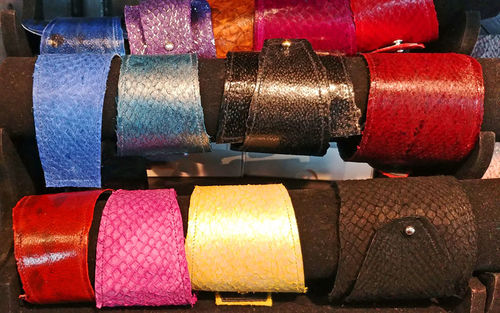
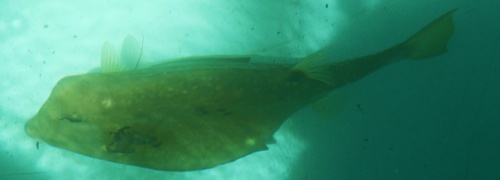
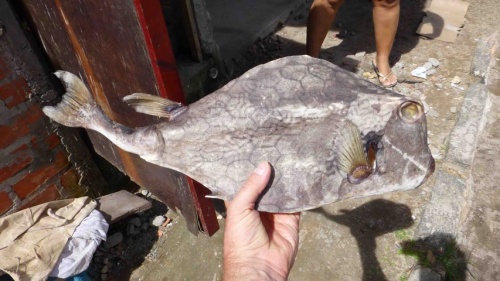
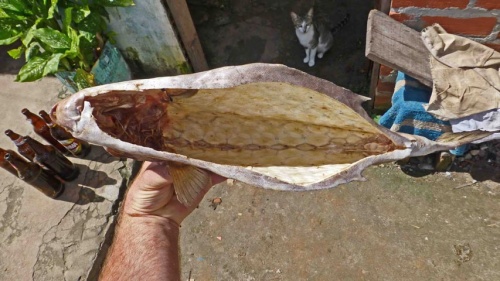
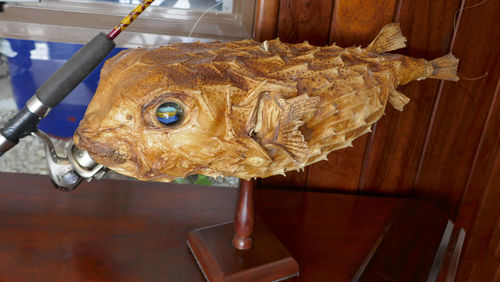
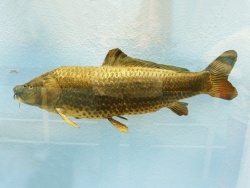
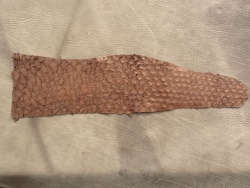
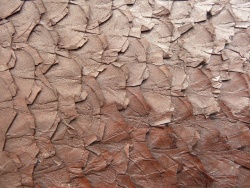
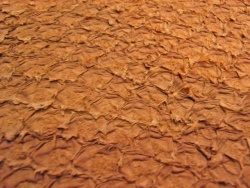
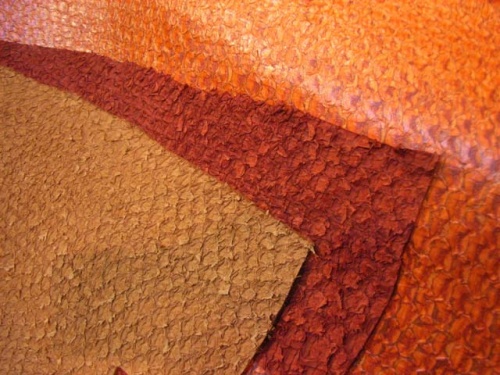
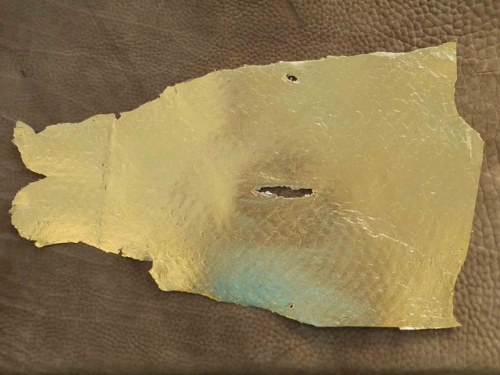
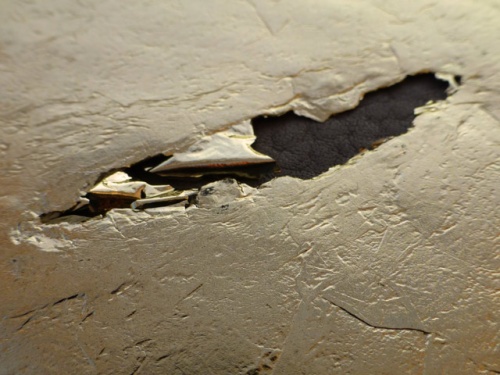
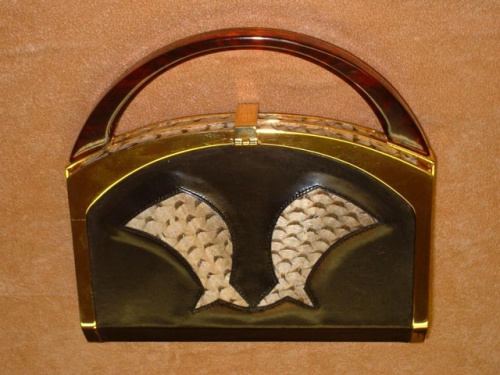
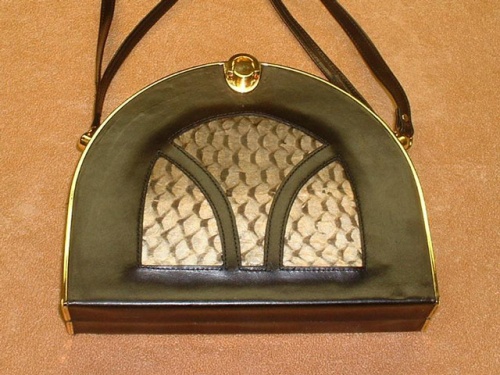
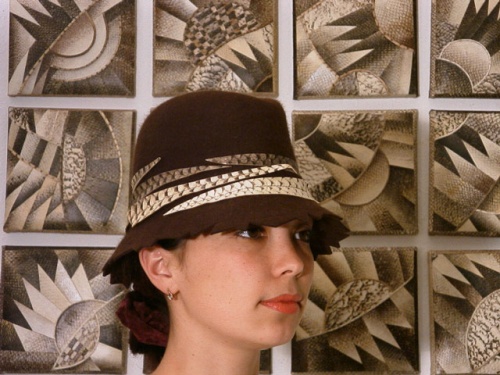
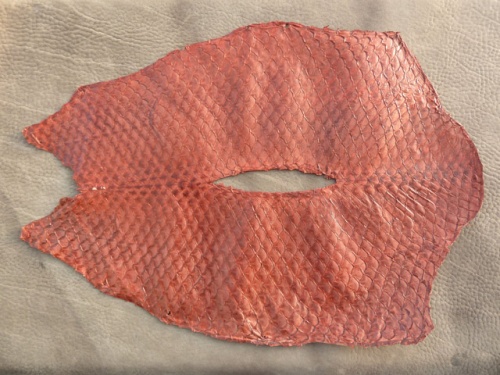
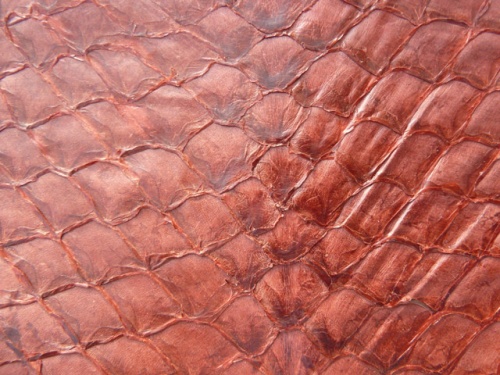
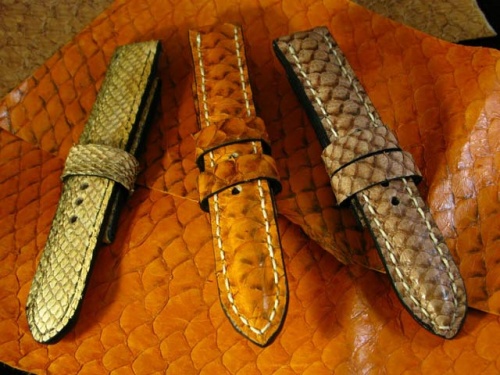


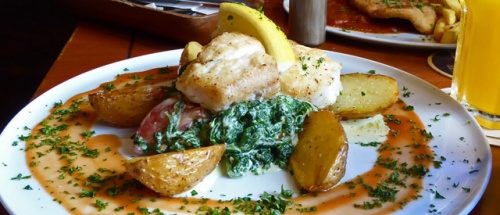
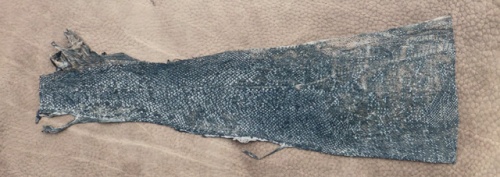
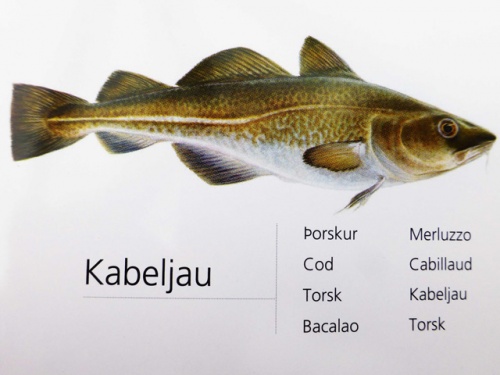
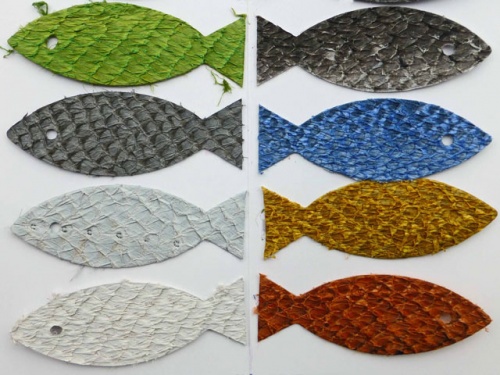
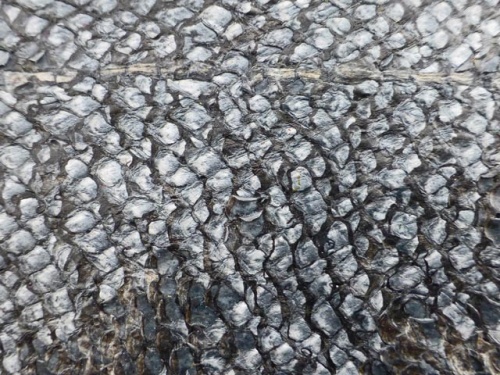
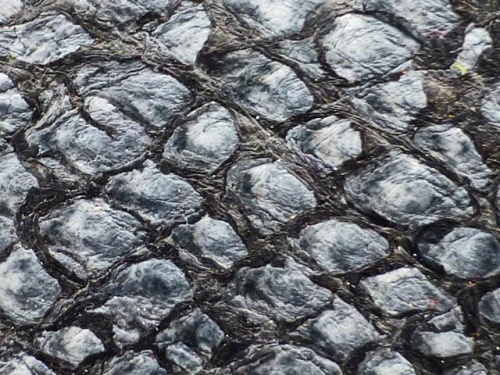
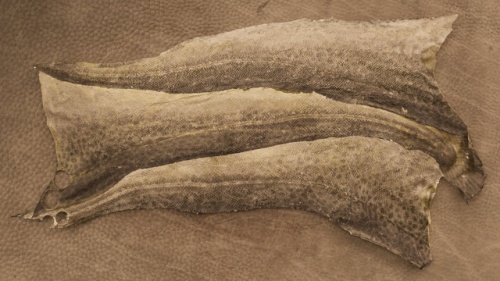
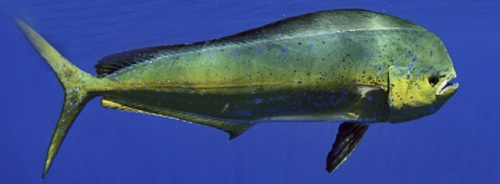

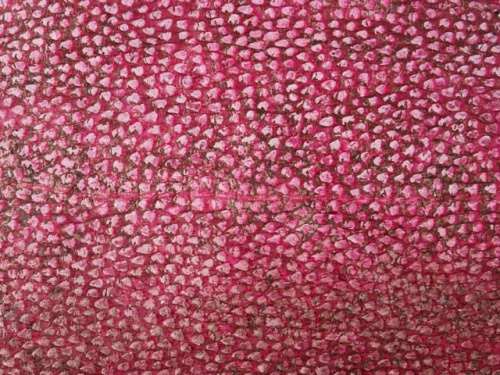
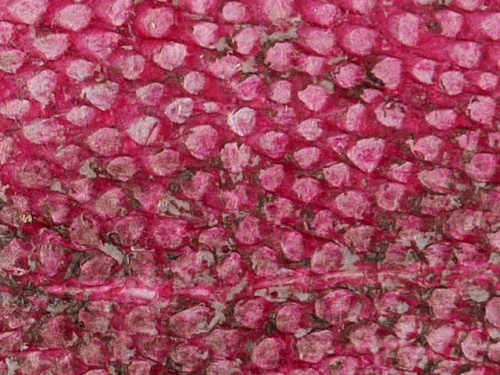
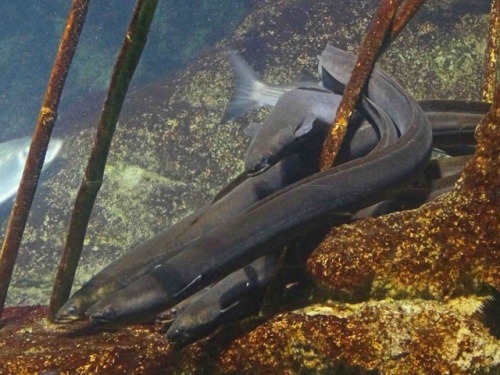
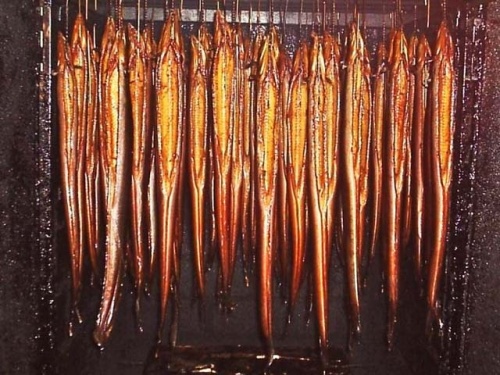
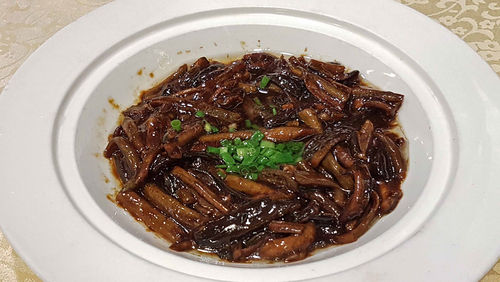
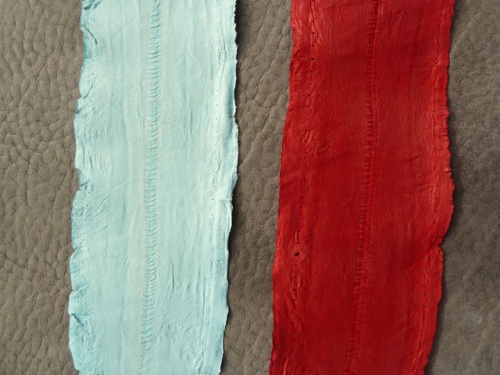
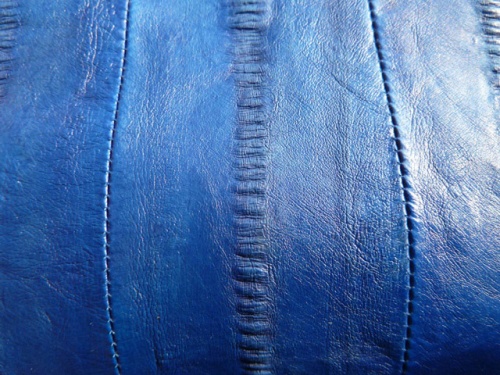
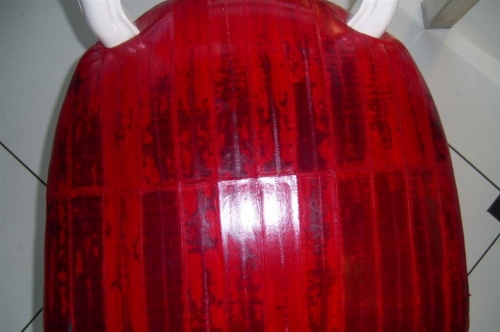
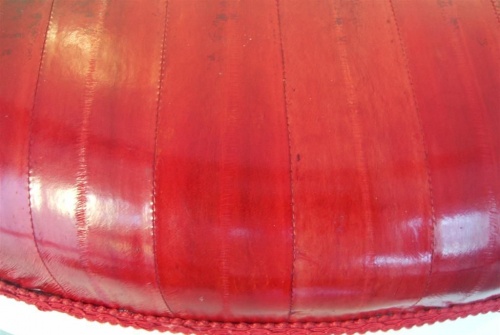
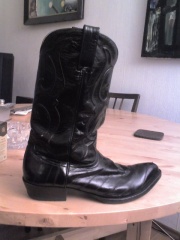
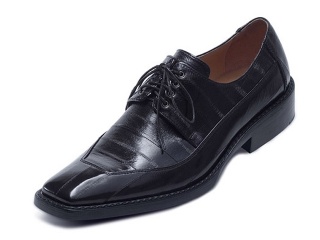
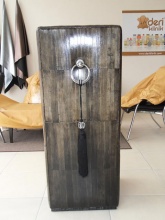
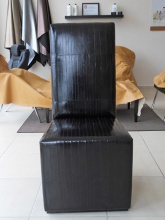
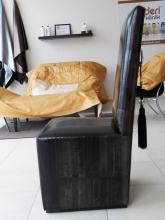
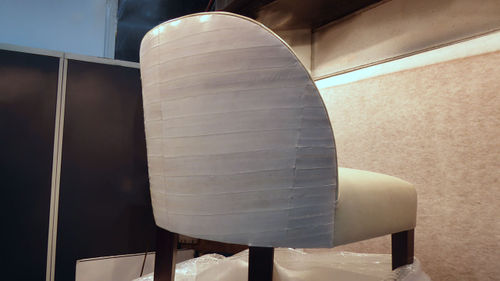
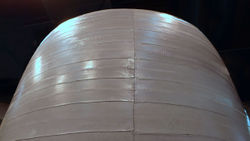
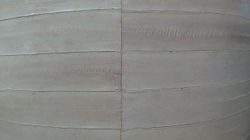
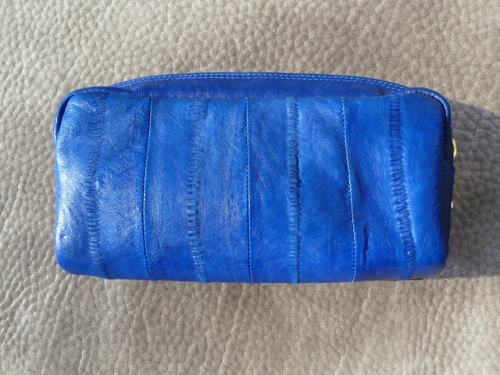
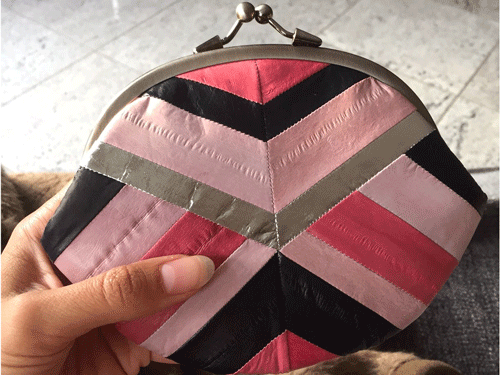
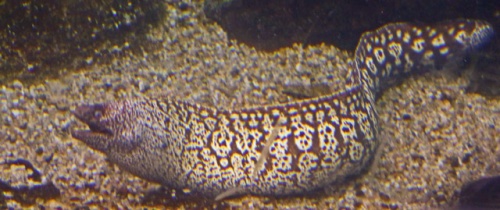
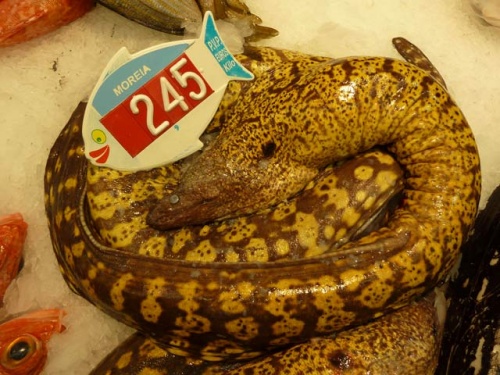
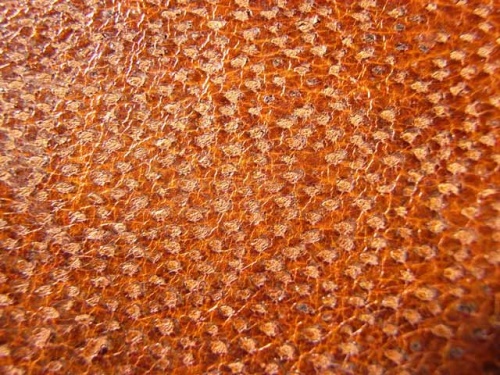
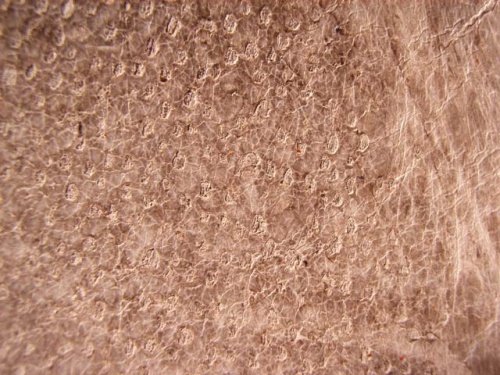
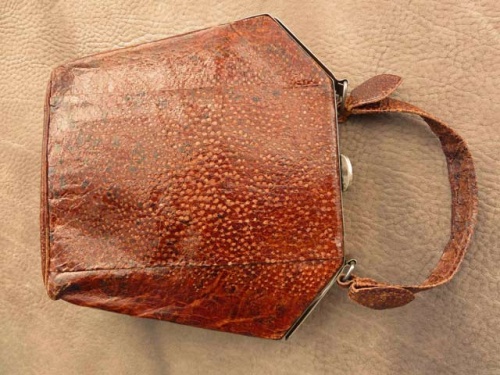
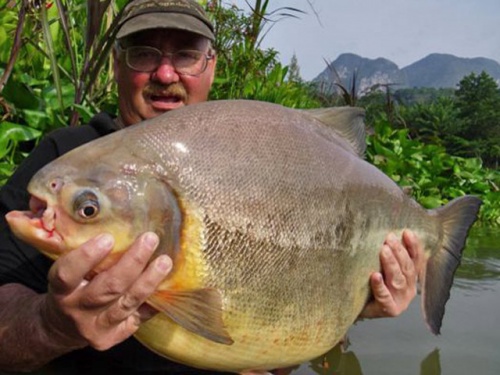
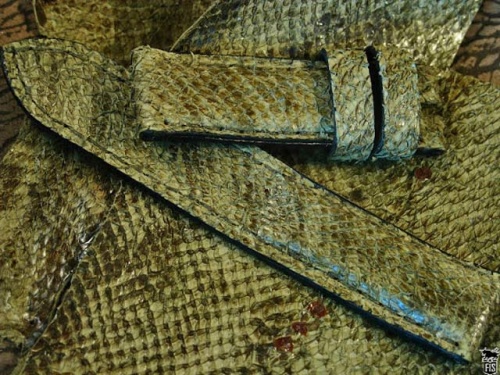
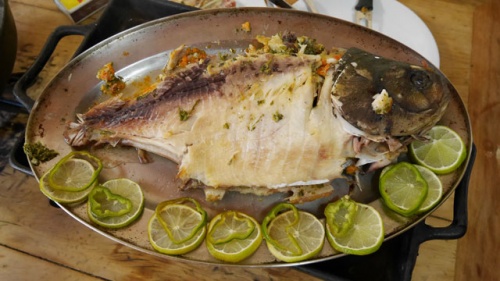
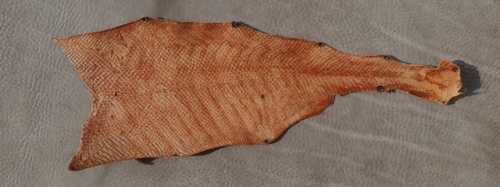

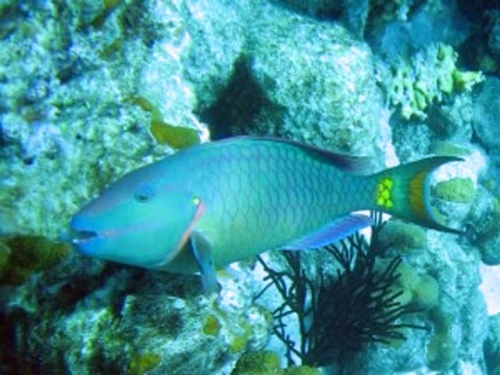
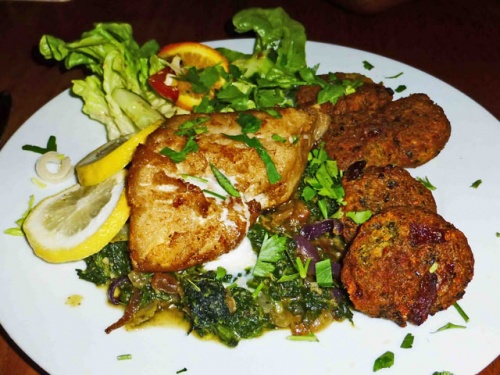
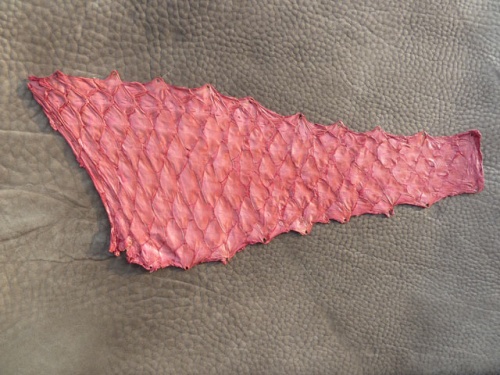
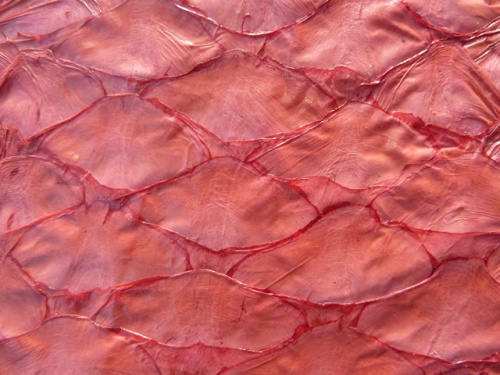
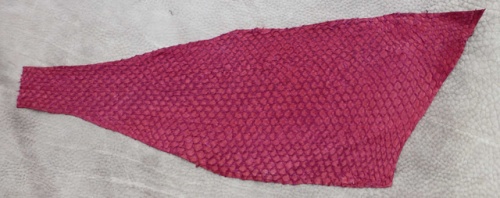
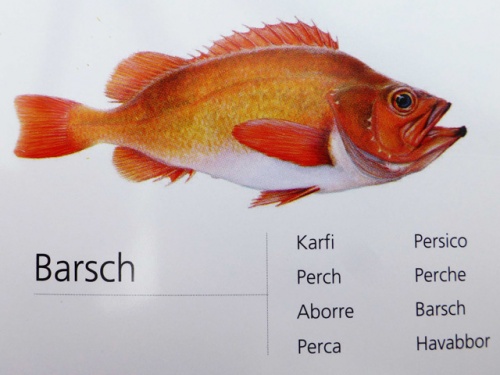
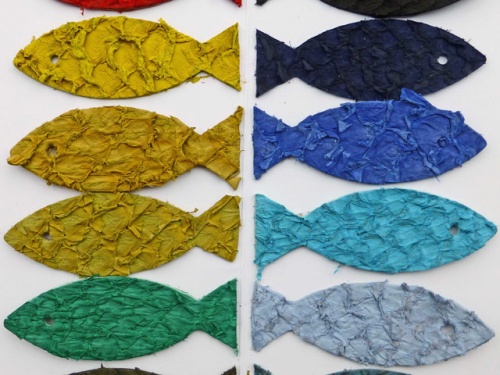
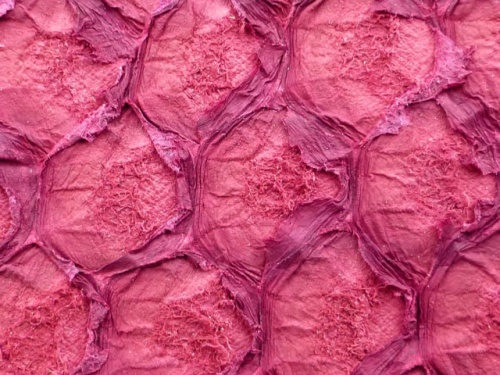
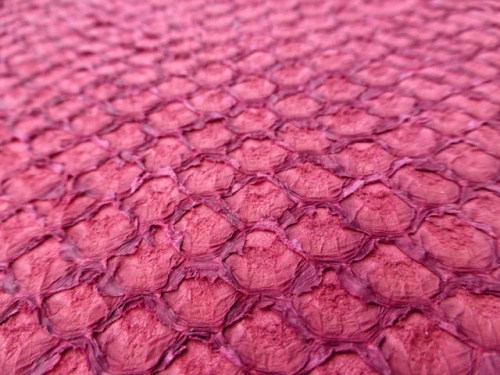
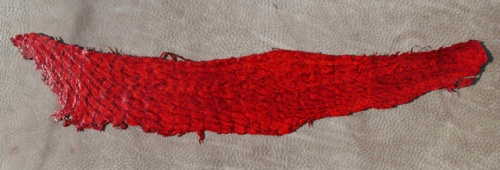
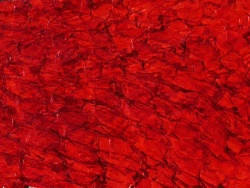
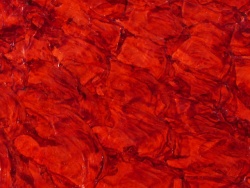
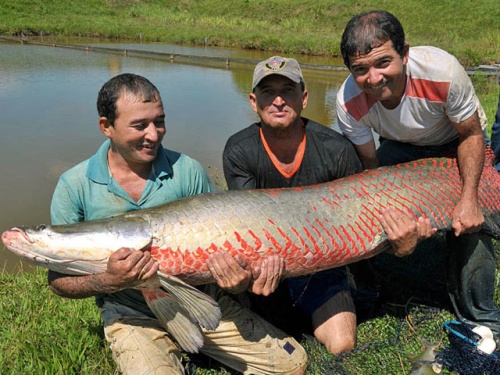
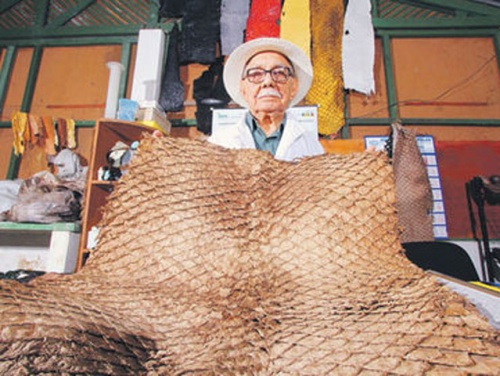
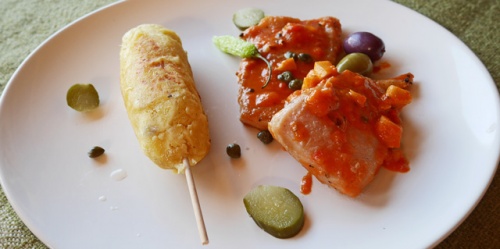

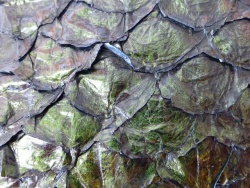
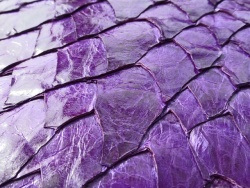
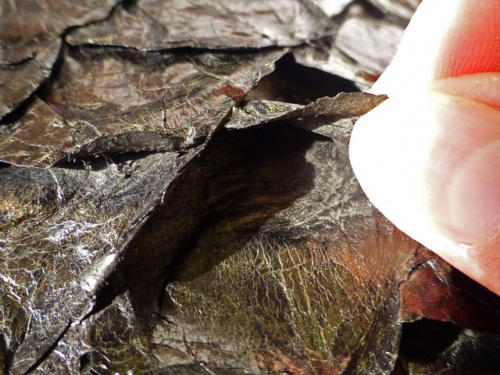
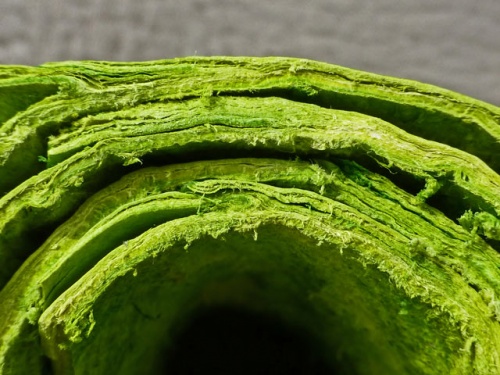
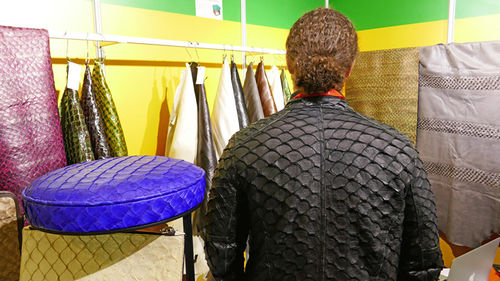
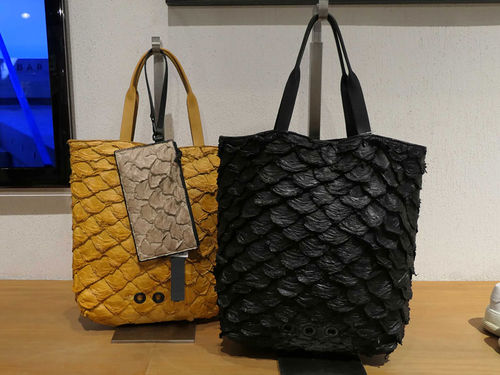
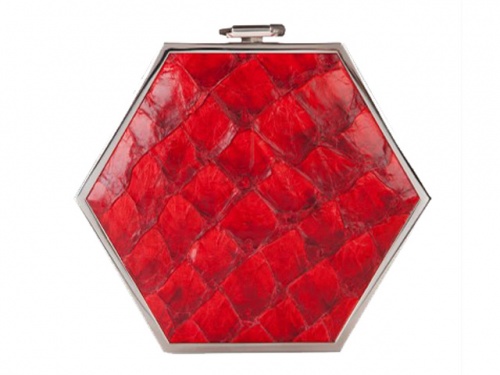
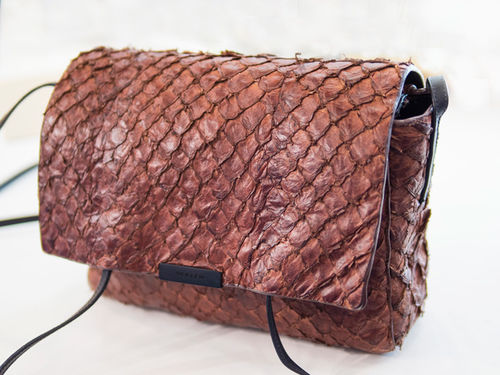
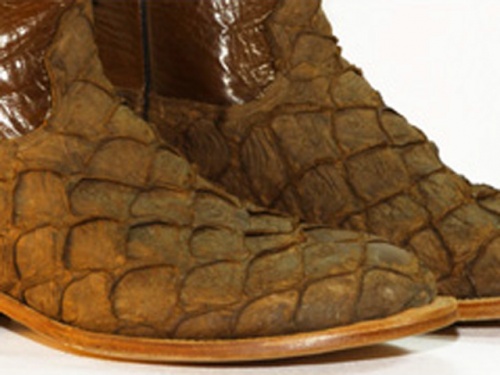
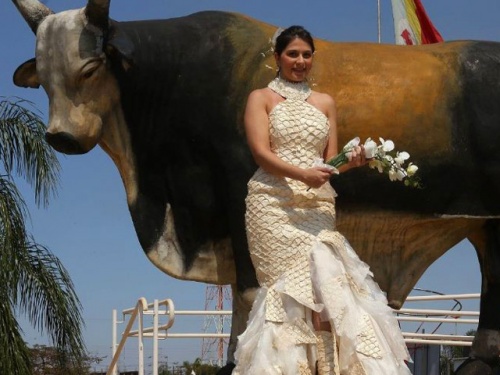
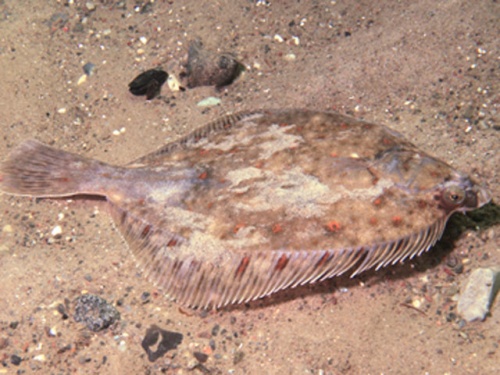
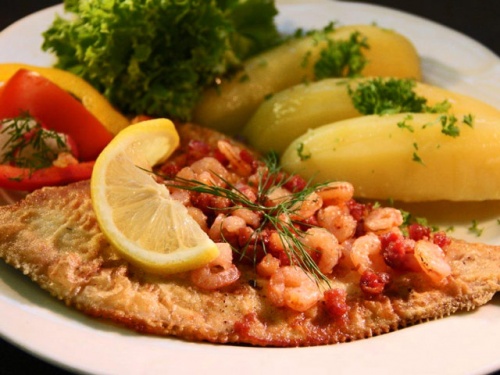
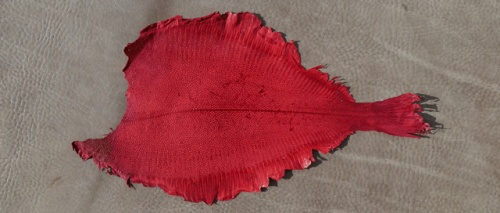
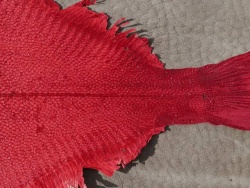
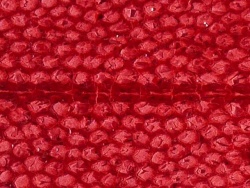
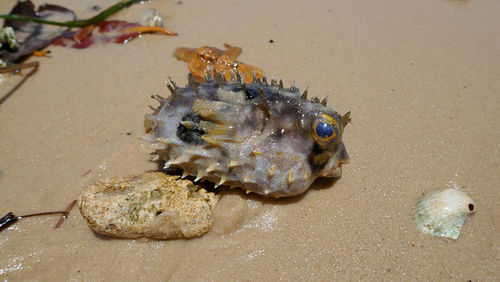
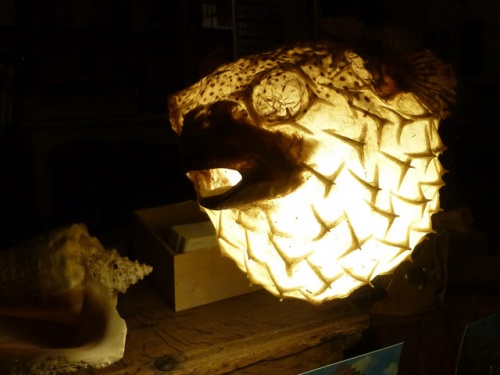
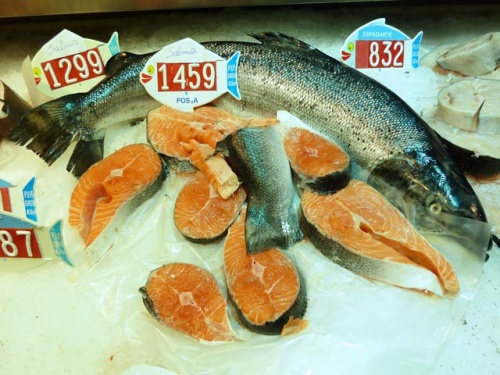

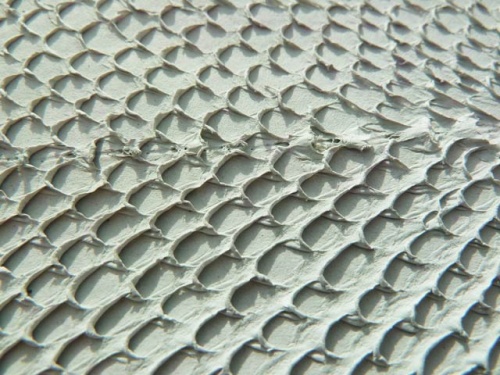
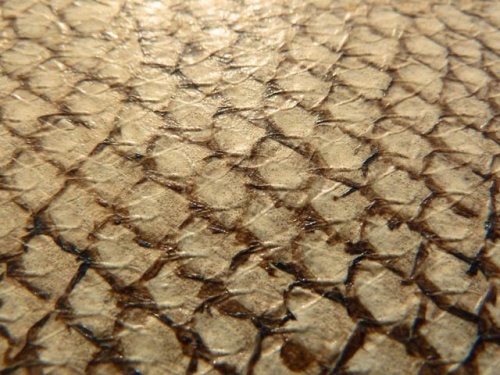
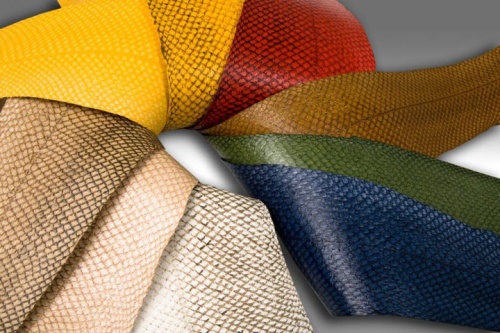
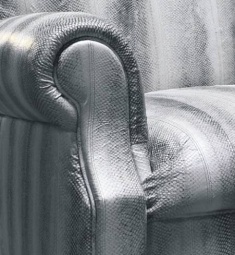
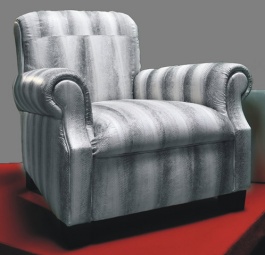
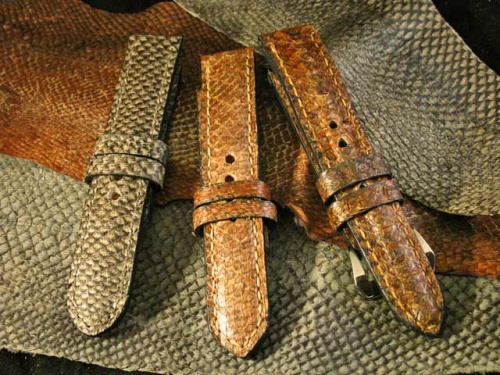
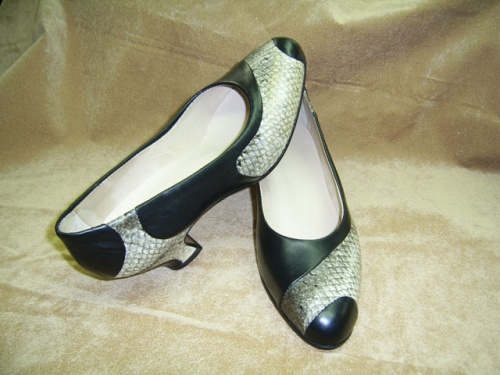
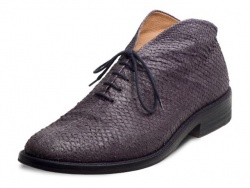
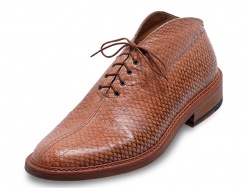
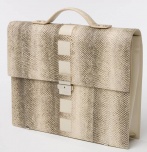
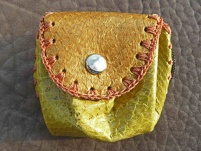
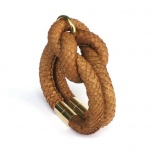

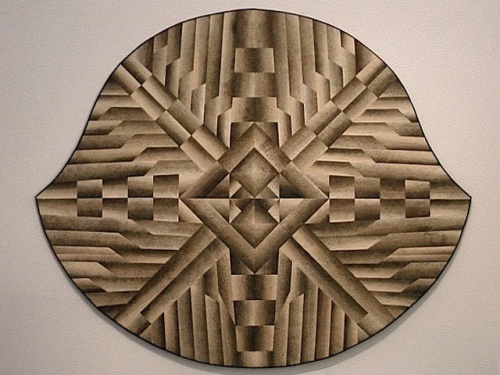

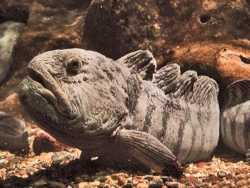
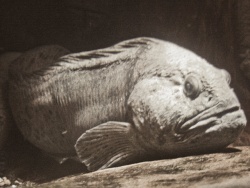

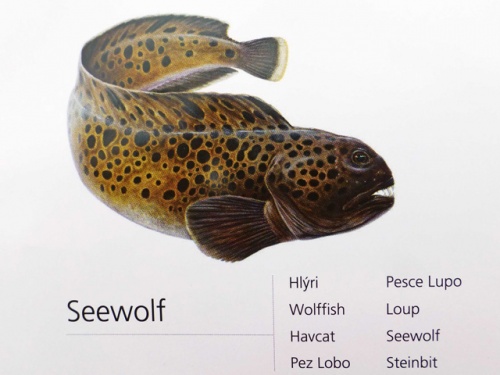
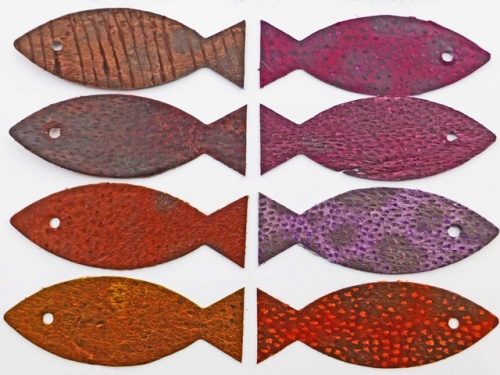
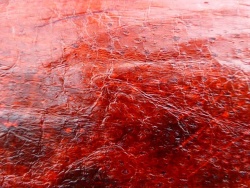
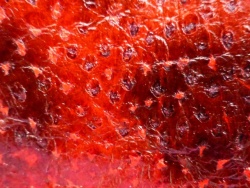
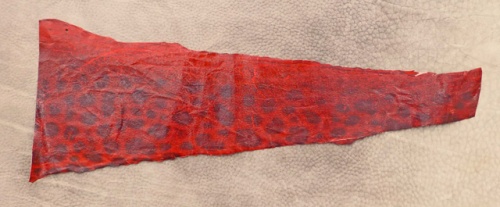
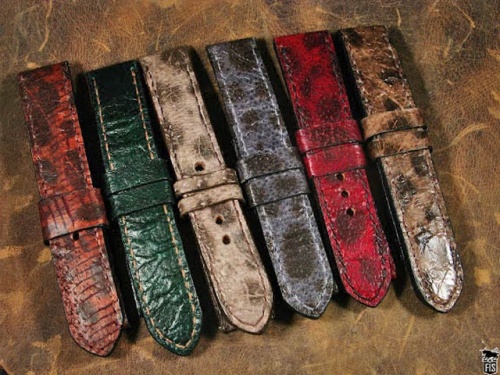
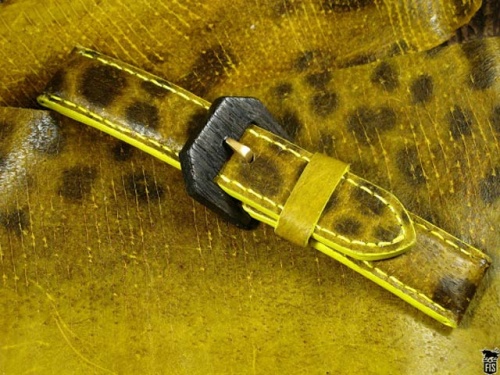
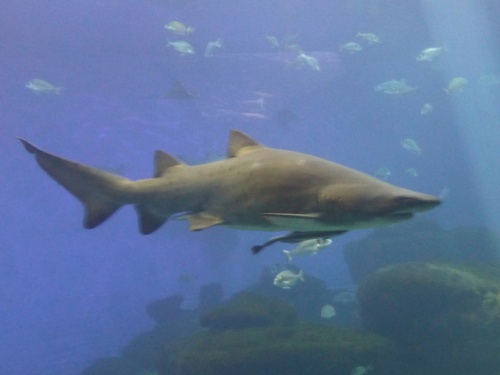
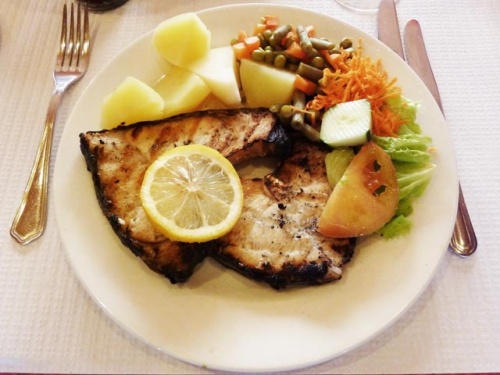
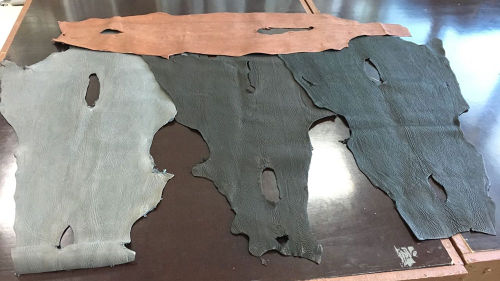



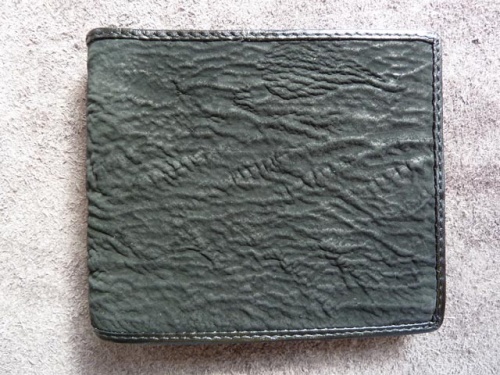
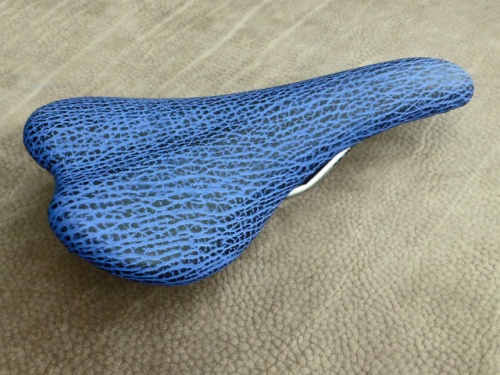
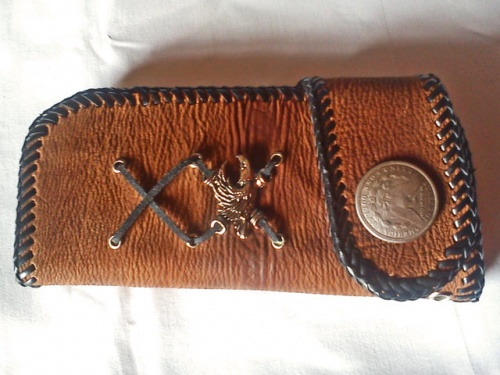
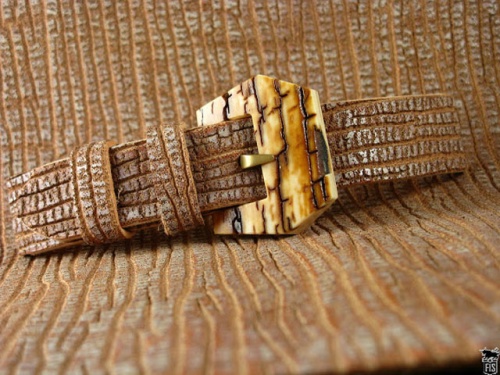

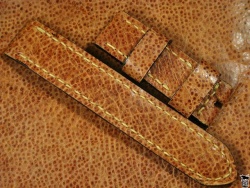
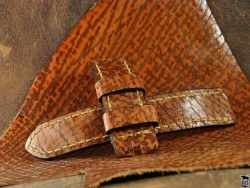

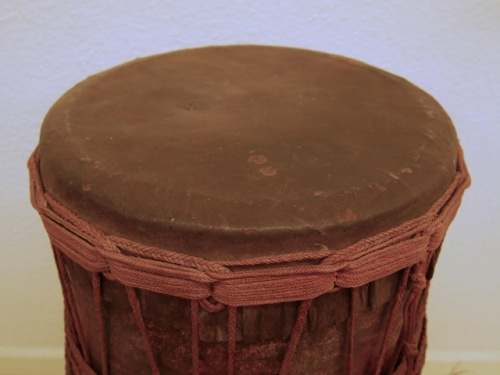
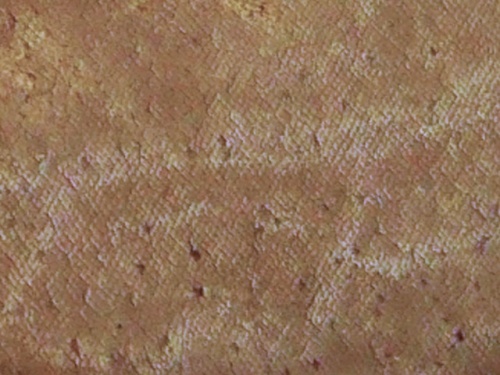
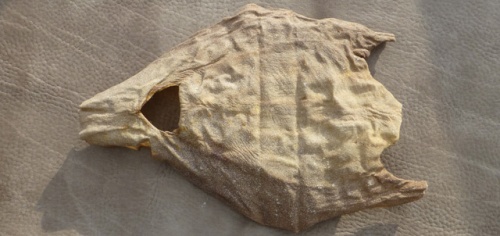
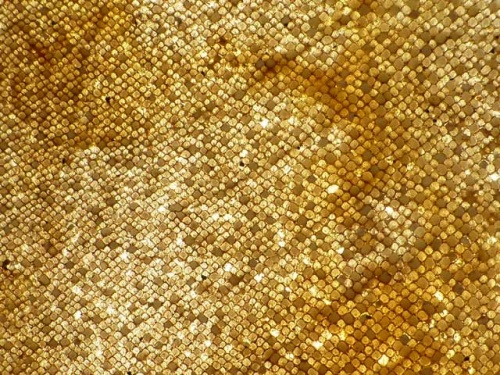
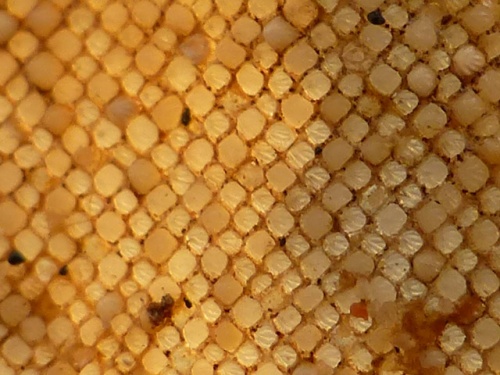
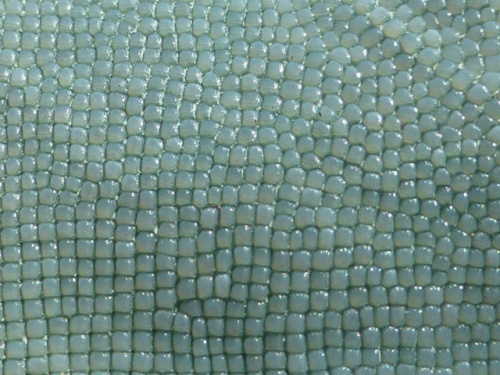
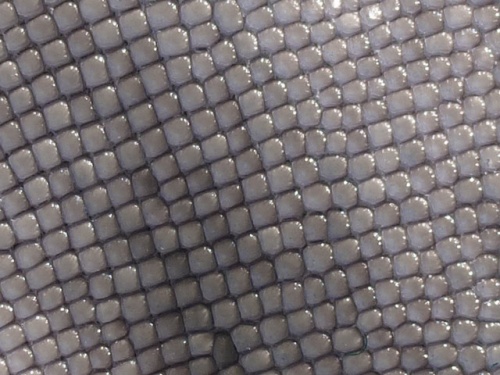
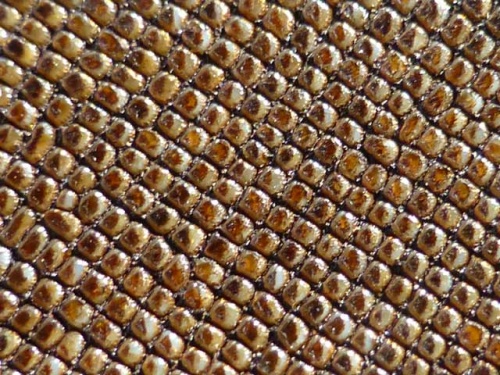
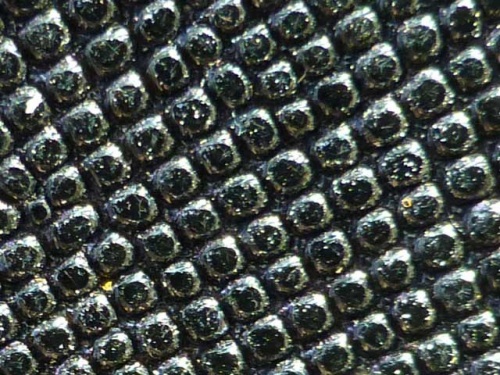
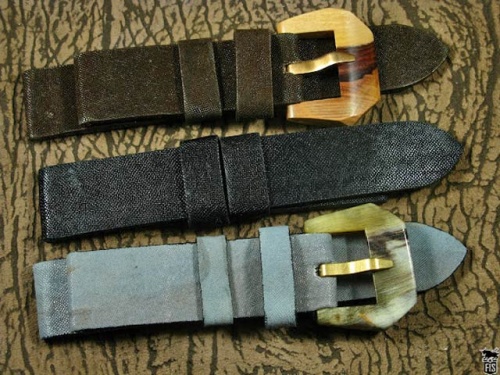
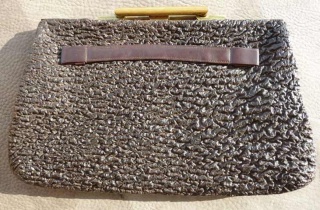
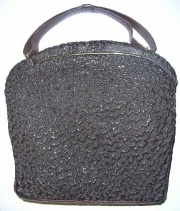
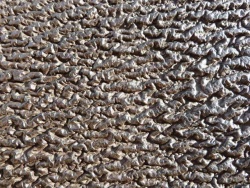
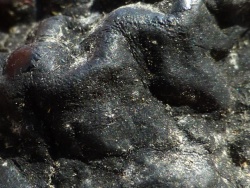
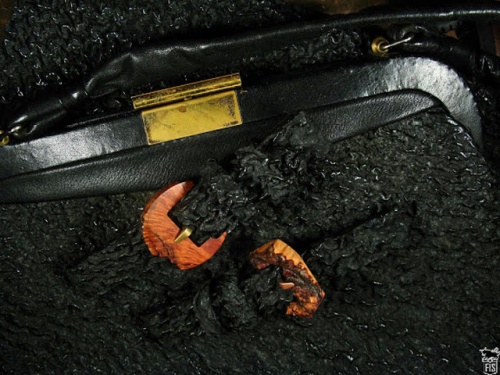
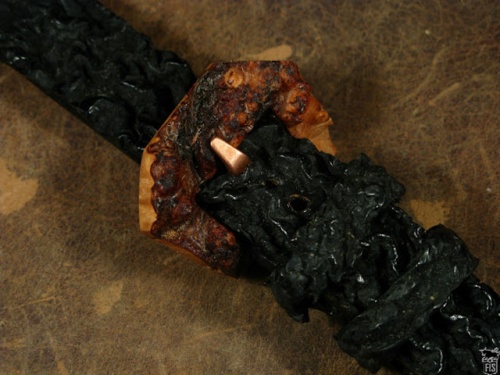
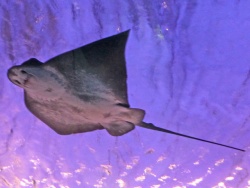
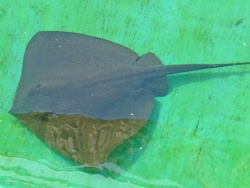
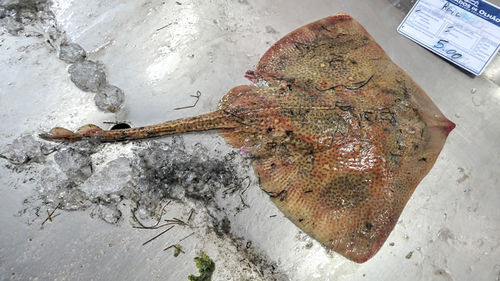
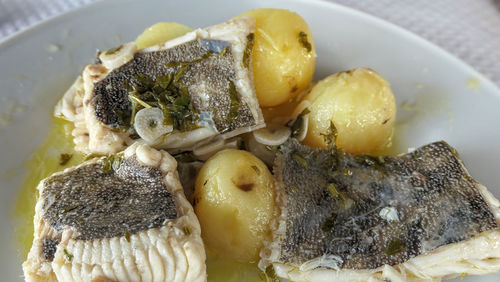
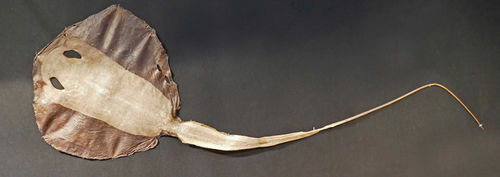
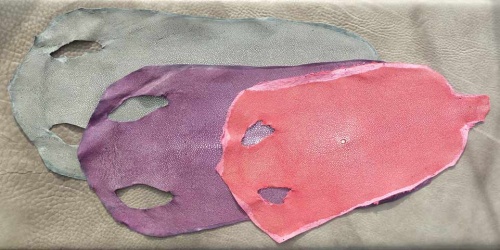
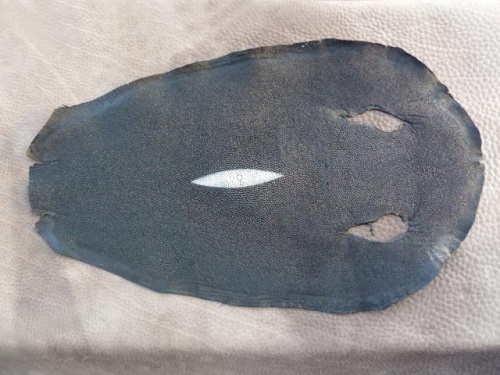
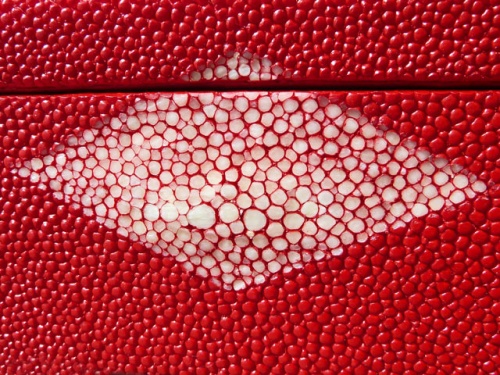
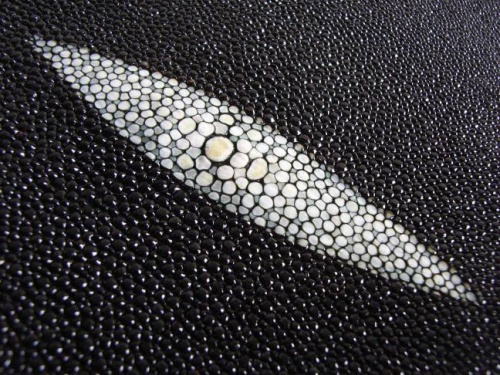
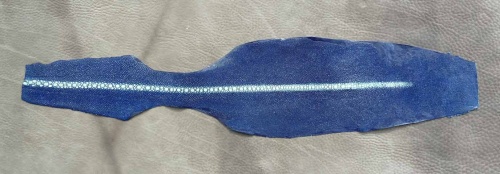
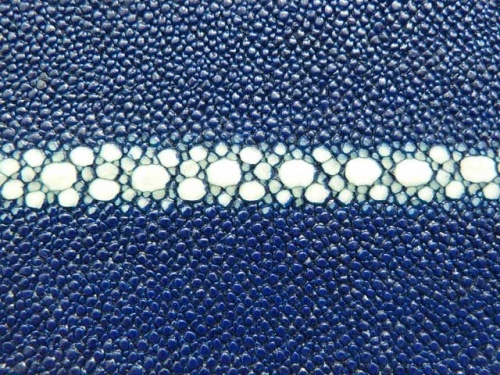
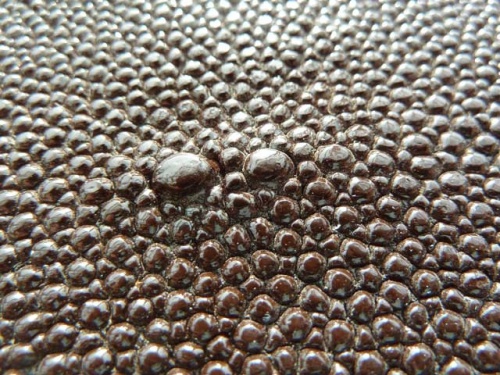
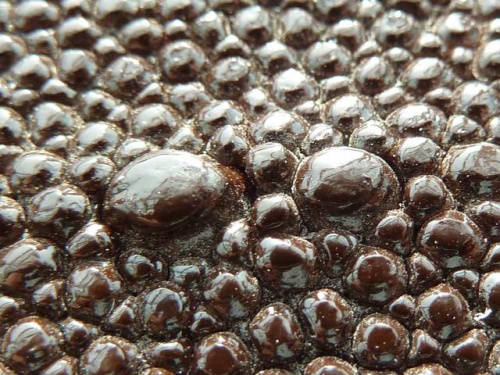
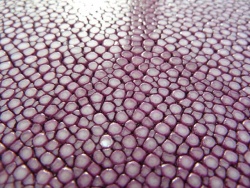
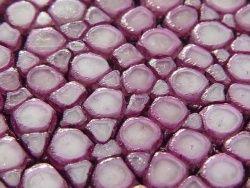
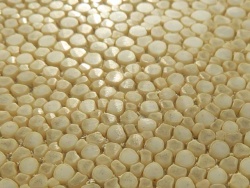
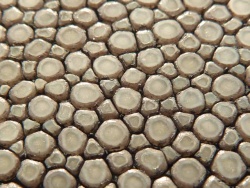
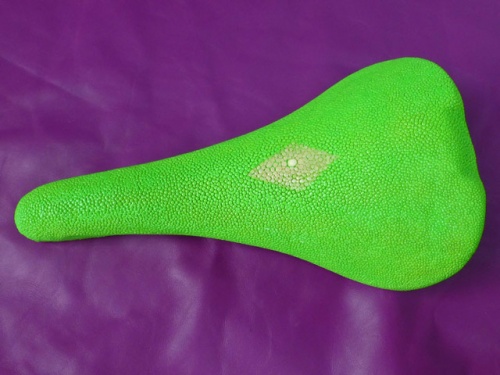
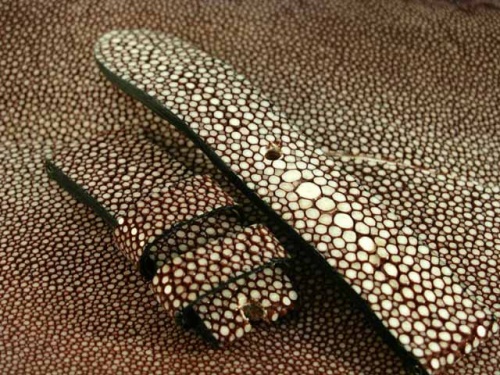
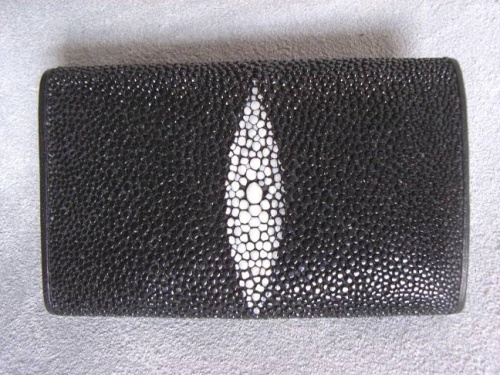
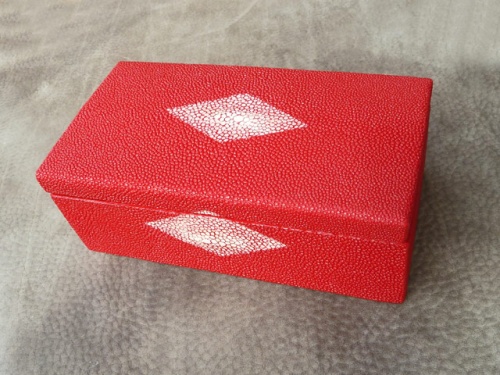
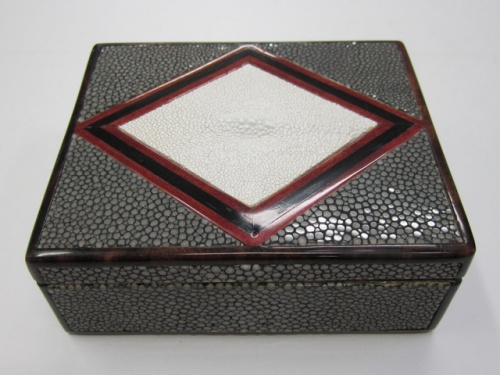
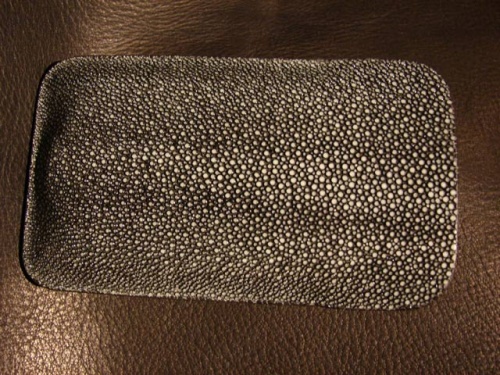
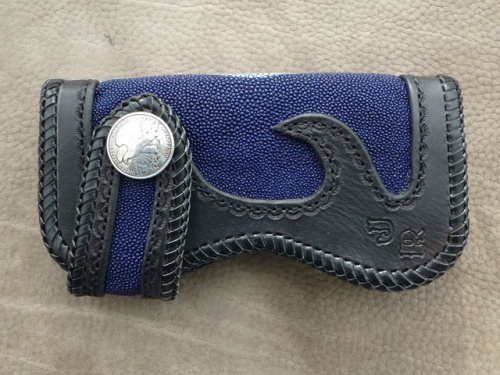
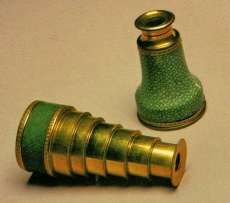
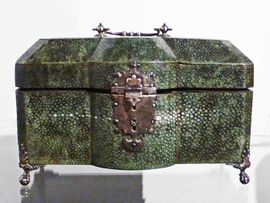
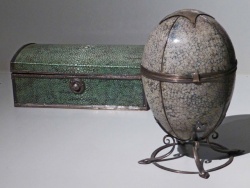
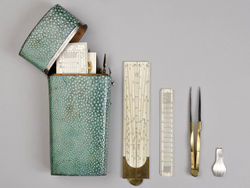
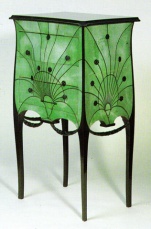
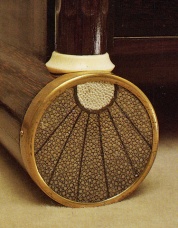
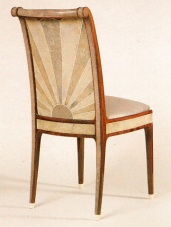
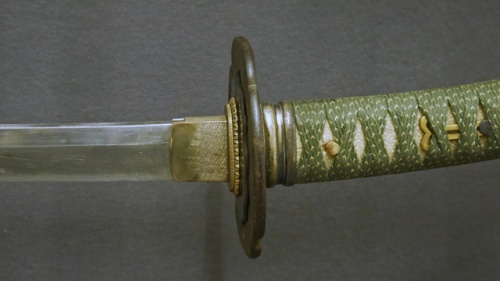
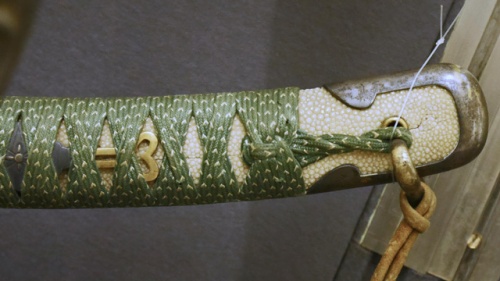
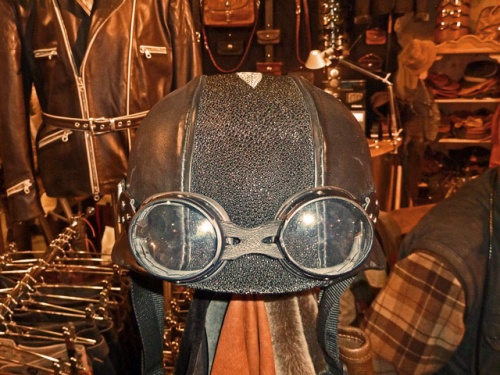
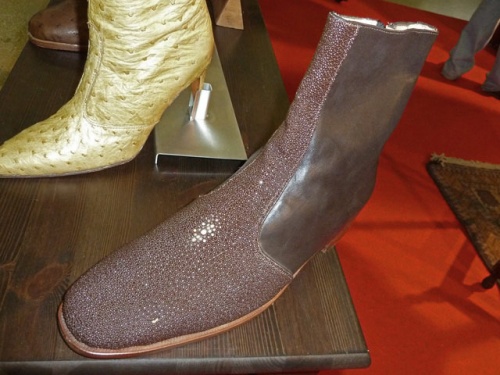
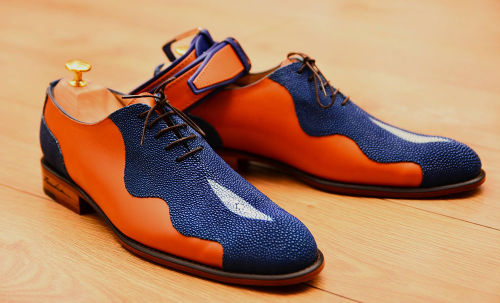
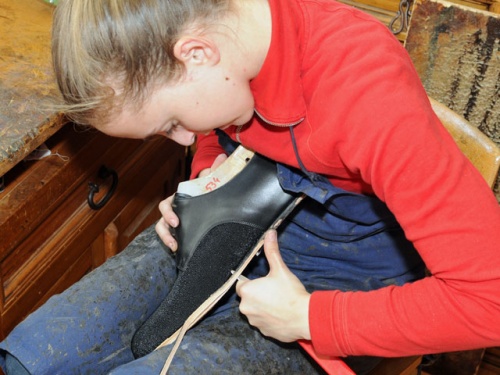
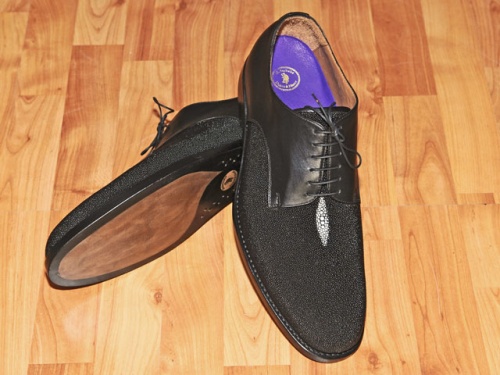
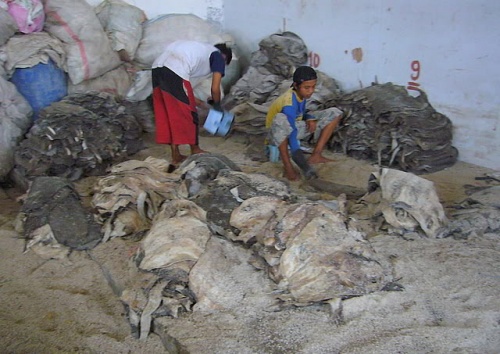
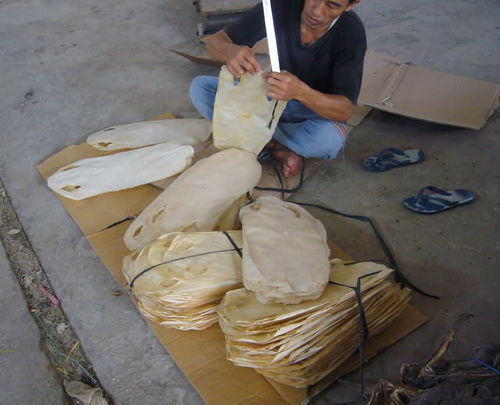
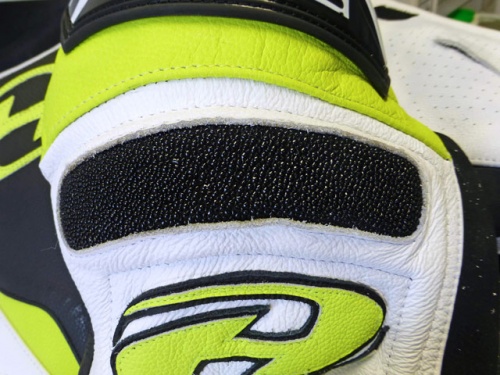
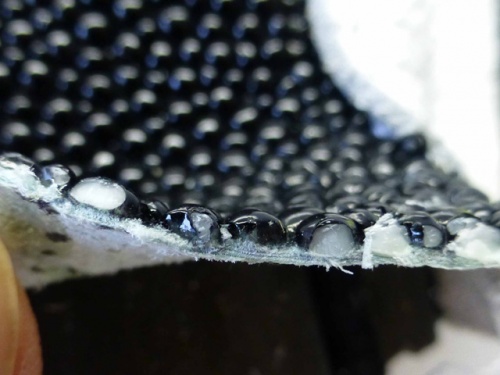
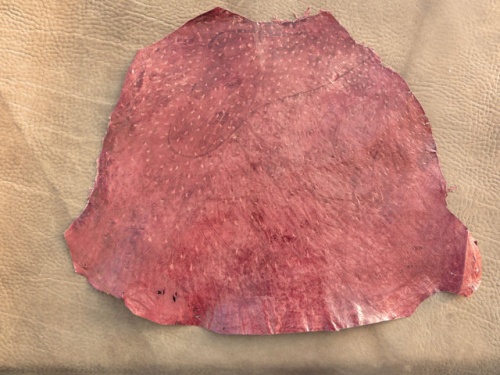
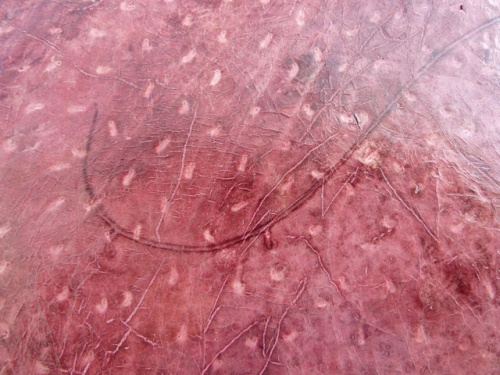
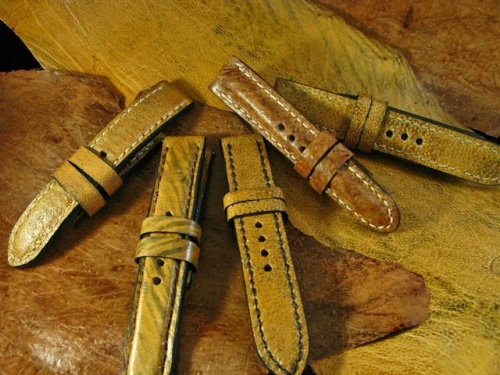
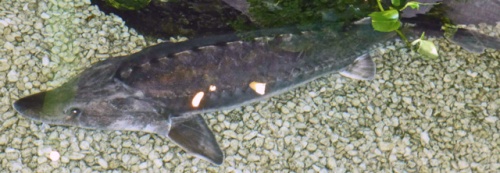
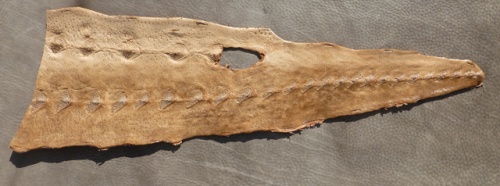
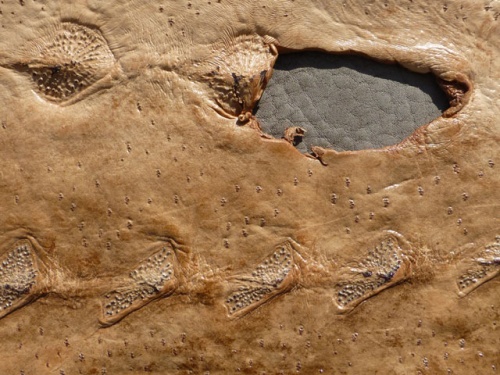
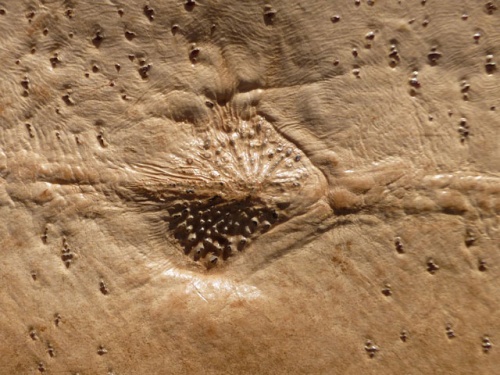

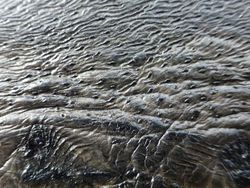
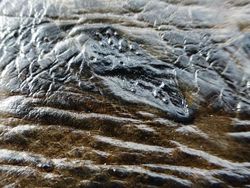
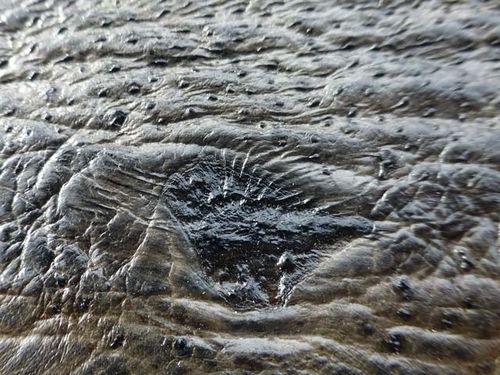
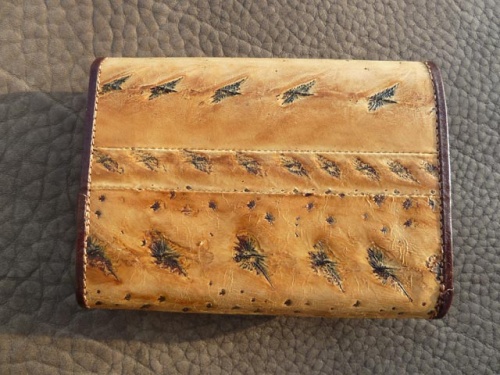
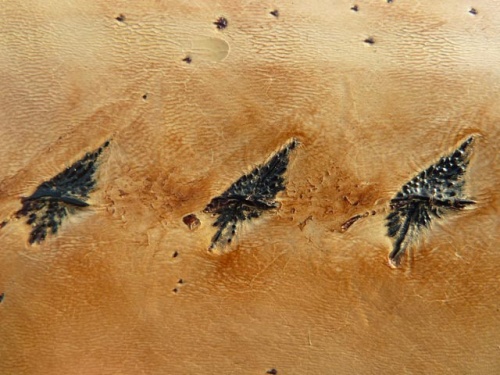
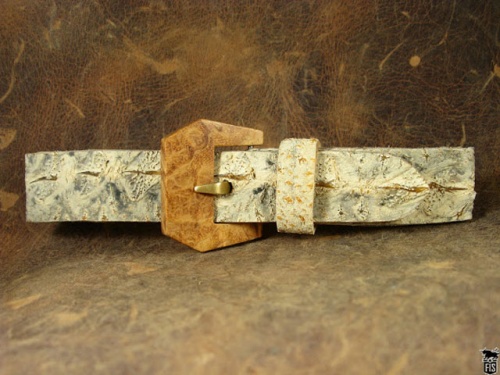
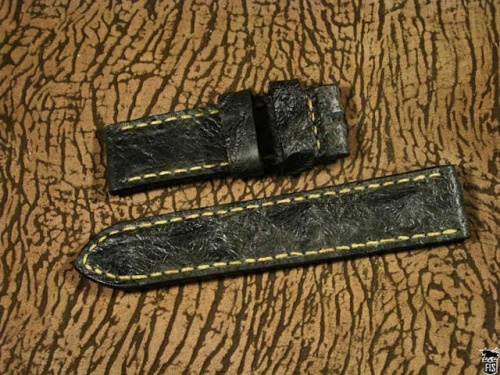

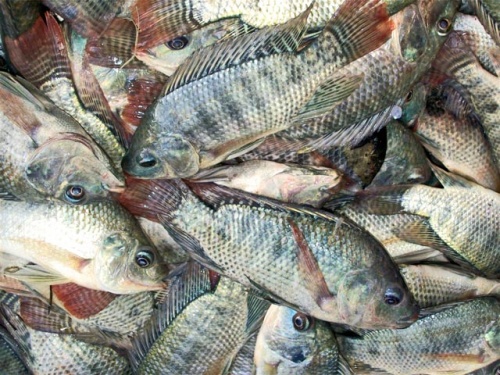
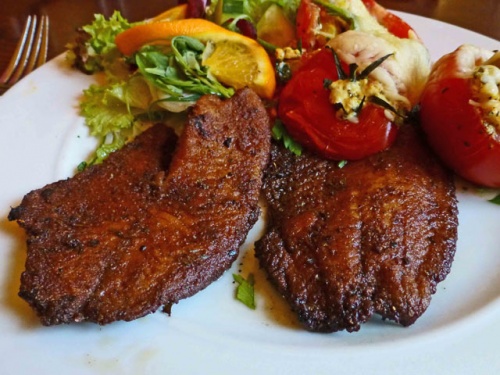

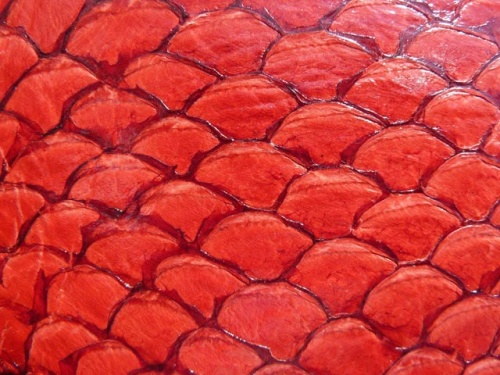
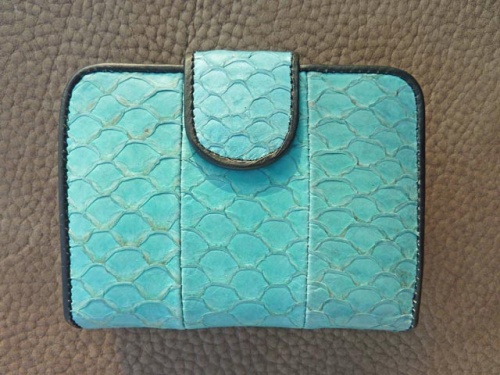
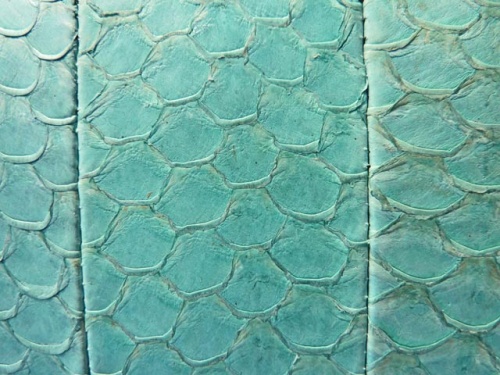

 a kotori web solution
a kotori web solution